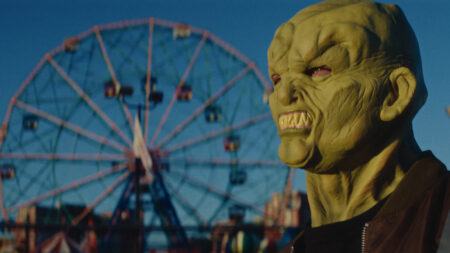Playlists
This playlist has been thoughtfully curated to introduce students between the ages of 11 and 14 to the vibrant, diverse, and ever-evolving world of contemporary art through the lens of Art21.
Middle school is a time when students embark on journeys of self-discovery, independence, and intellectual inquiry. This playlist has been thoughtfully curated to introduce students between the ages of 11 and 14 to the vibrant, diverse, and ever-evolving world of contemporary art through the lens of Art21.
Each film invites you to step into the studio, practice, or mind of an artist. You’ll hear their voices, see their processes, and discover how they use art to explore identity, community, history, and the future. These films are not just about making art—they’re about making meaning.
As you watch, I encourage you to ask questions. Consider how different approaches to making art impact the way these artists share their stories with the world. Reflect on what moves you—and why it moves you. Think about how your own experiences shape the way you respond to these artists. There is no single way to be an artist. That’s the beauty of it.
Let this playlist be a spark—for conversation, for creativity, for compassion, and for connection.
Happy watching, and even happier making!
All Ages is a series of playlists featuring films that have been thoroughly screened for questionable content, such as nudity, cursing, or violence. These playlists are grouped by a teaching strategy, theme, or particular audience.
This playlist features artist videos that are 5 minutes or less, curated with the Elementary classroom in mind.
Teaching with contemporary artists and art is a powerful way to engage students. It helps them see themselves in the curriculum and understand that art is alive and created by people living within our lifetime. Therefore, instructional pacing during a class period is crucial, especially for elementary-age students (ages 5 to 11 years old). Activities should be paced quickly enough to maintain interest with minimal dead time, but not so fast that students are left behind or become confused. This playlist features artist videos that are 5 minutes or less, curated with the Elementary classroom in mind.
All Ages is a series of playlists featuring films that have been thoroughly screened for questionable content, such as nudity, cursing, or violence. These playlists are grouped by a teaching strategy, theme, or particular audience.
This playlist features artist videos that are 8 minutes or less, maximizing instructional pacing and, hopefully, student interest and engagement.
Teaching with contemporary artists and art is a powerful way to engage students. It helps them see themselves in the curriculum and understand that art is alive and created by people living within our lifetime. Therefore, instructional pacing during a class period is crucial, especially for young students. Activities should be paced quickly enough to maintain interest with minimal dead time, but not so fast that students are left behind or become confused. This playlist features artist videos that are 8 minutes or less, maximizing instructional pacing and, hopefully, student interest and engagement.
All Ages is a series of playlists featuring films that have been thoroughly screened for questionable content, such as nudity, cursing, or violence. These playlists are grouped by a teaching strategy, theme, or particular audience.
All Playlists
-
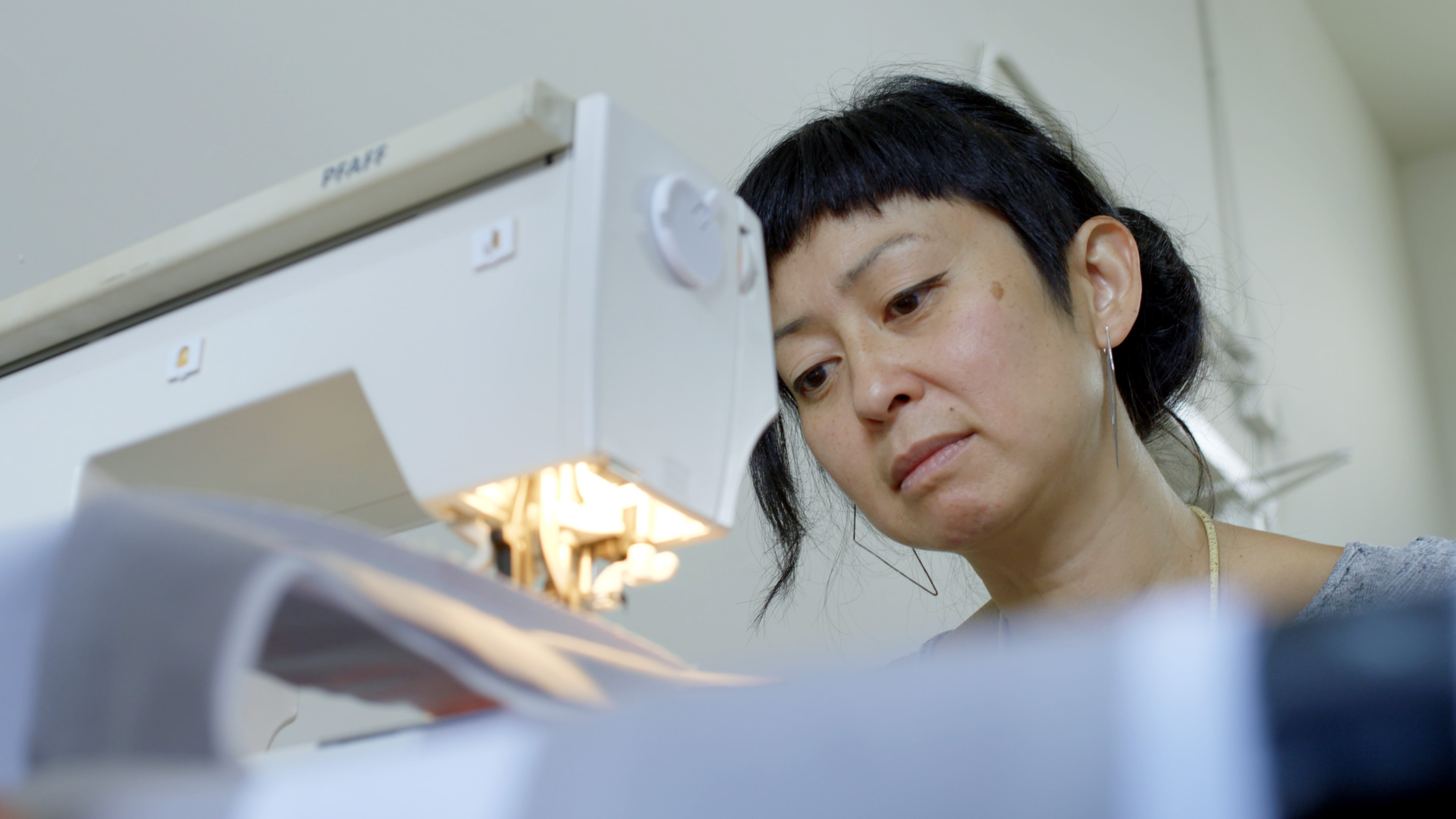
Craft and Contemporary Art
by Makda AmdetsyonApril 25, 2025 15 videos • 2:30:08 total runtime -
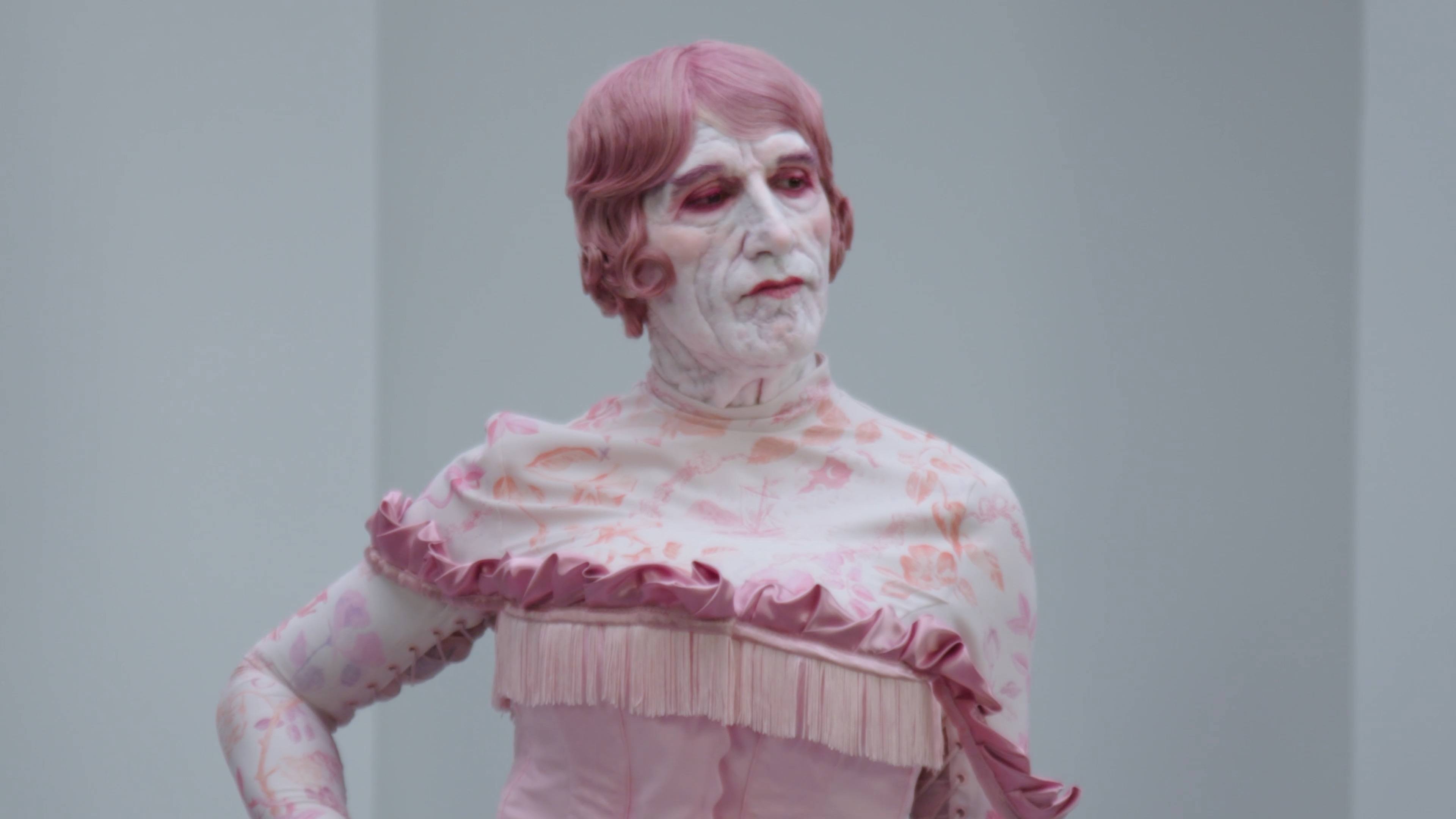
Young Pedagogical Thinkers: A Year of Self-Discovery
by Kandice StewartSeptember 20, 2024 10 videos • 1:35:53 total runtime -
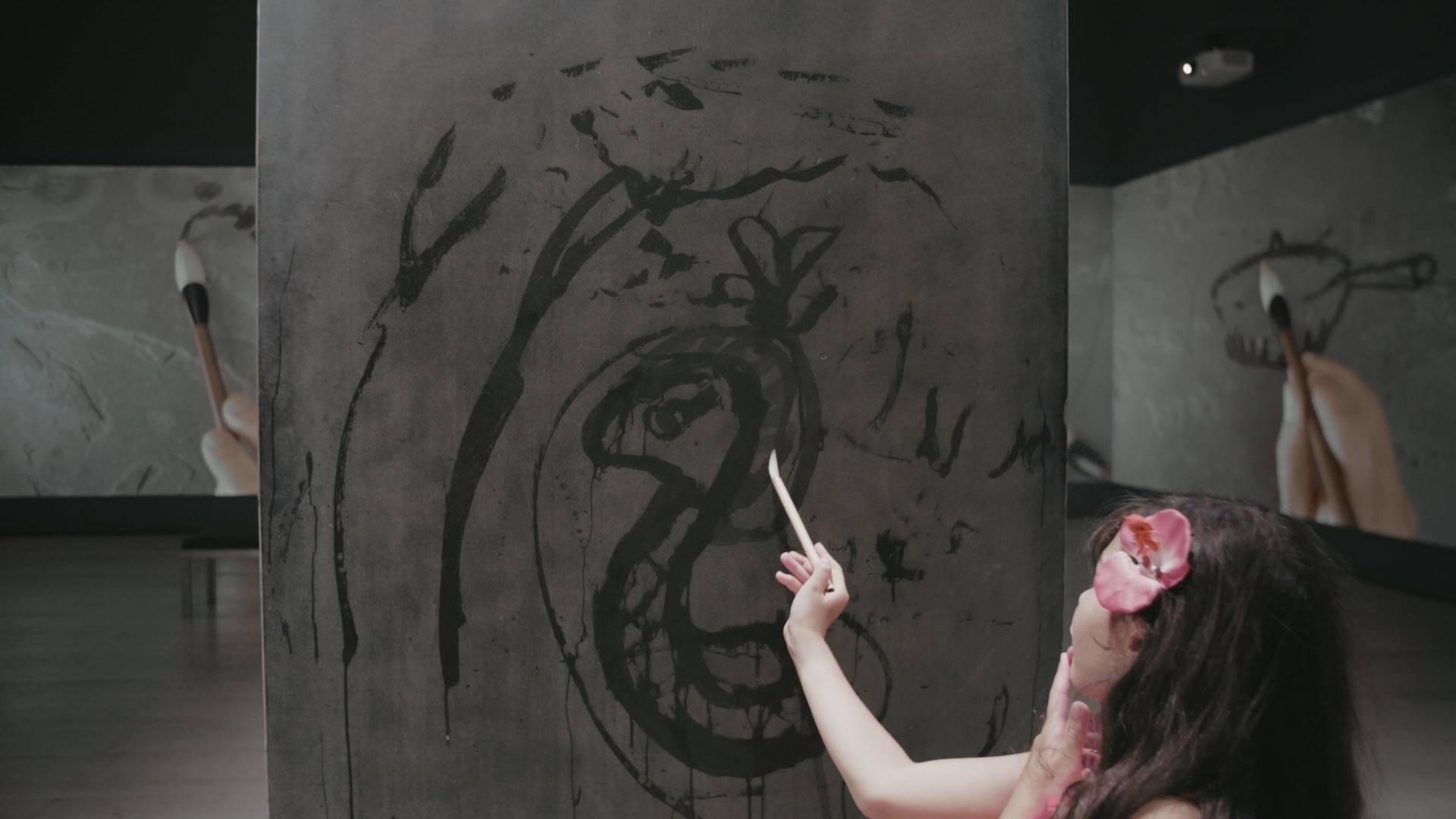
Connections Across Space & Time: Rethinking AP Art History
by Kandice StewartAugust 22, 2024 8 videos • 1:20:17 total runtime -
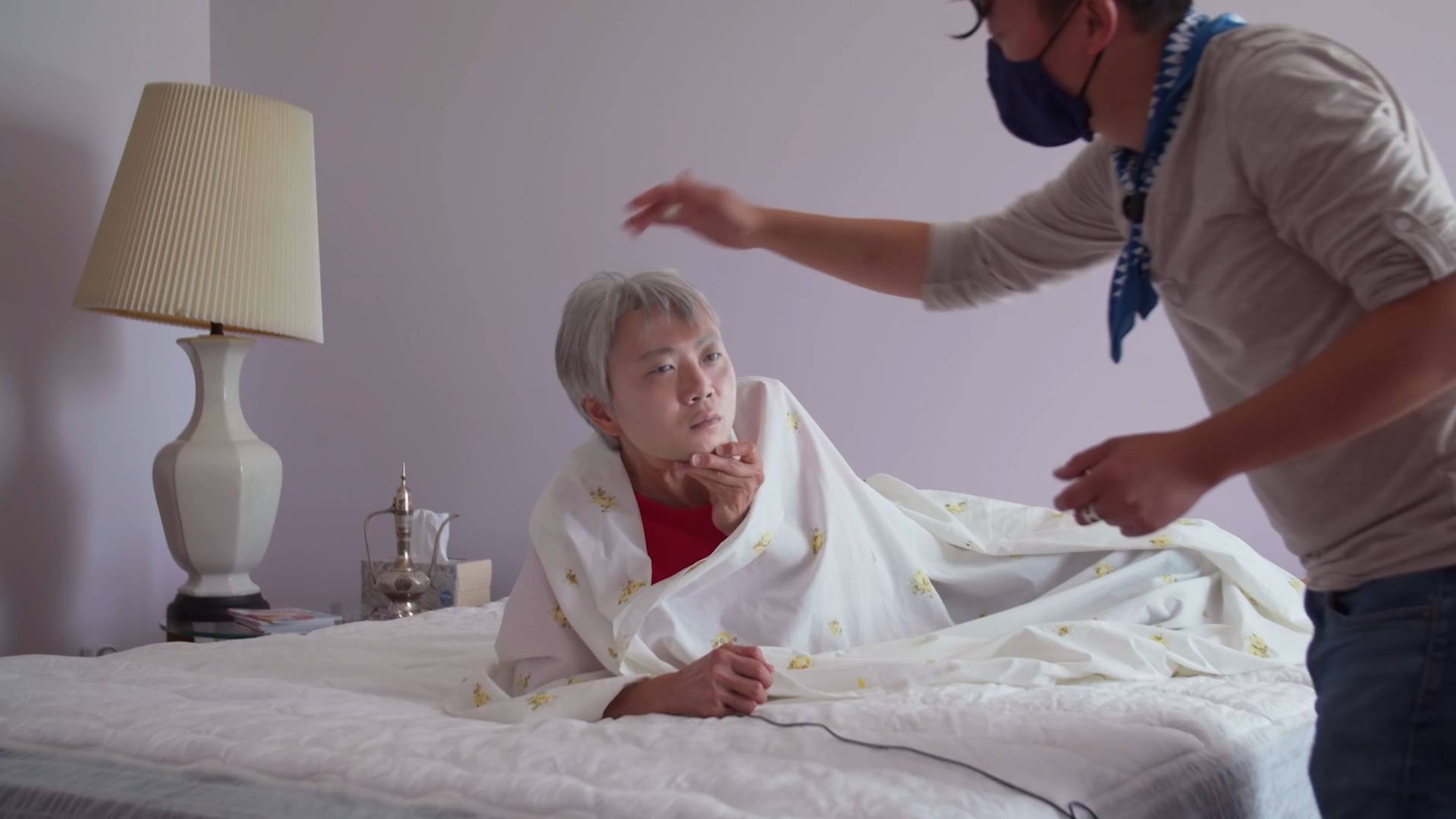
AAPI Artists Today
by Art21May 20, 2024 10 videos • 1:39:09 total runtime -
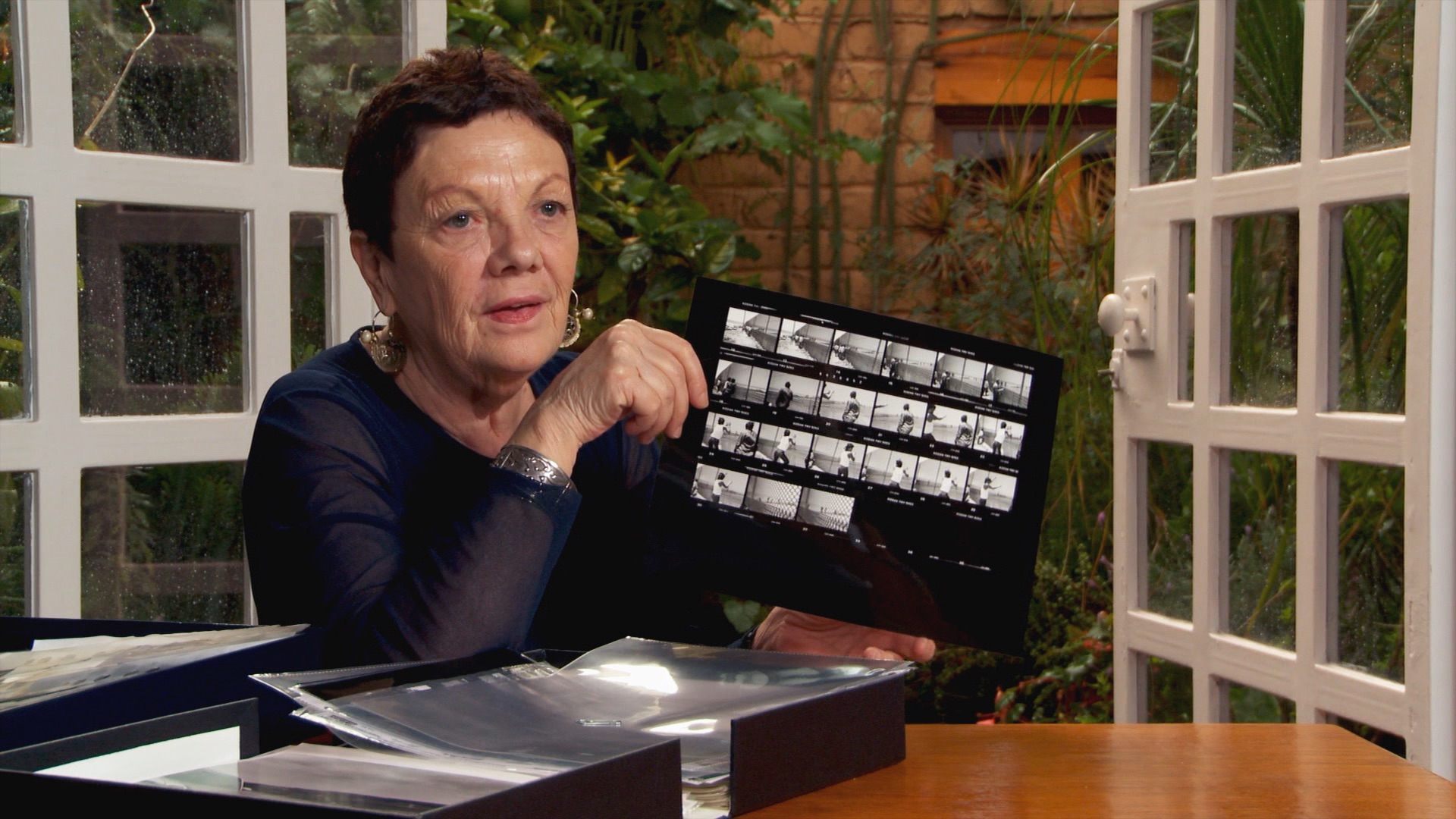
Teaching with Global/Local Connections
by Amiko MatsuoJune 12, 2023 11 videos • 1:46:13 total runtime -
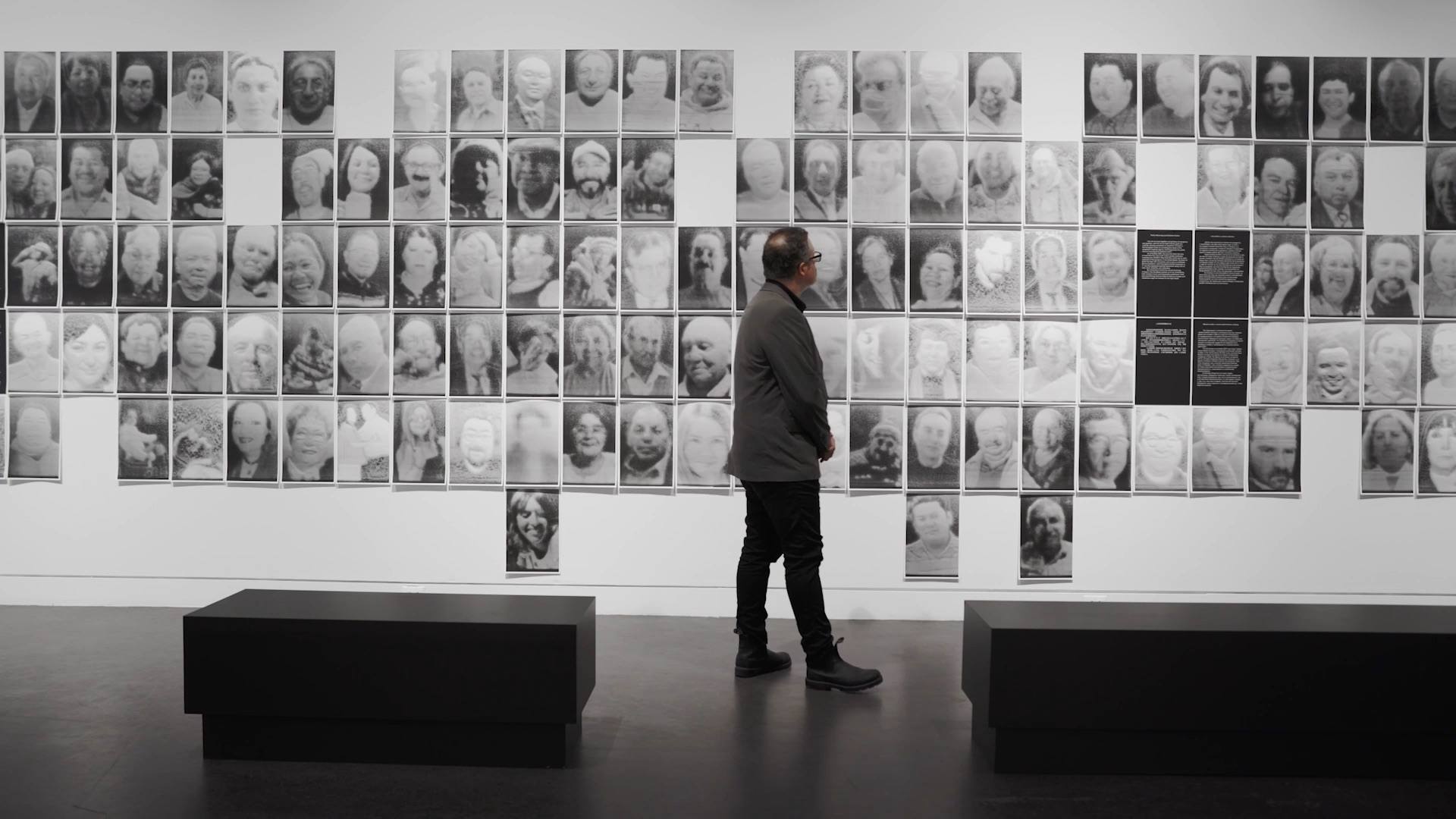
Modern Monuments
by Art21May 16, 2023 12 videos • 1:25:07 total runtime -
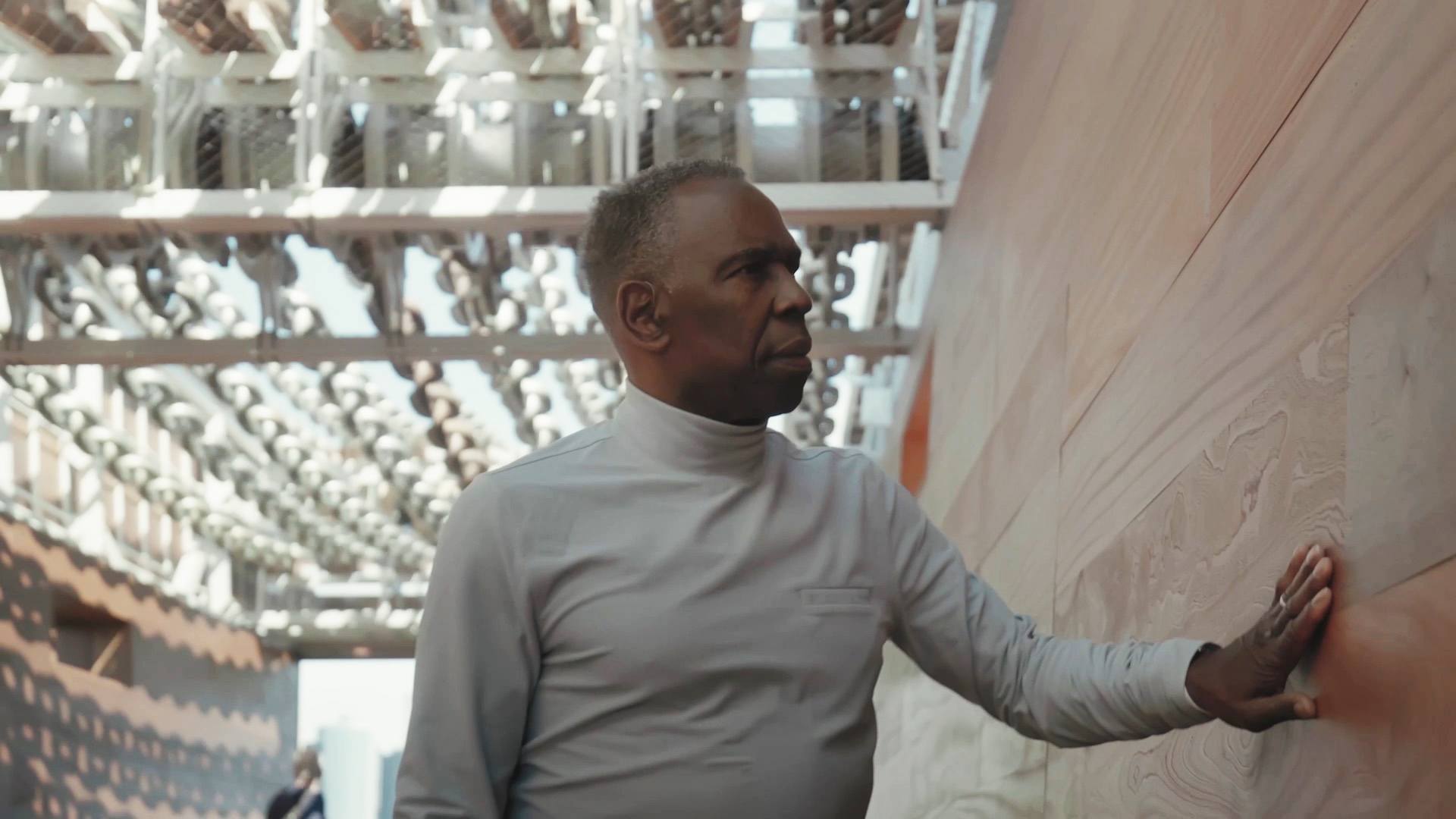
Listen to This! (Films to Listen To… Before You Watch)
by Joe FusaroMay 8, 2023 10 videos • 1:13:05 total runtime -
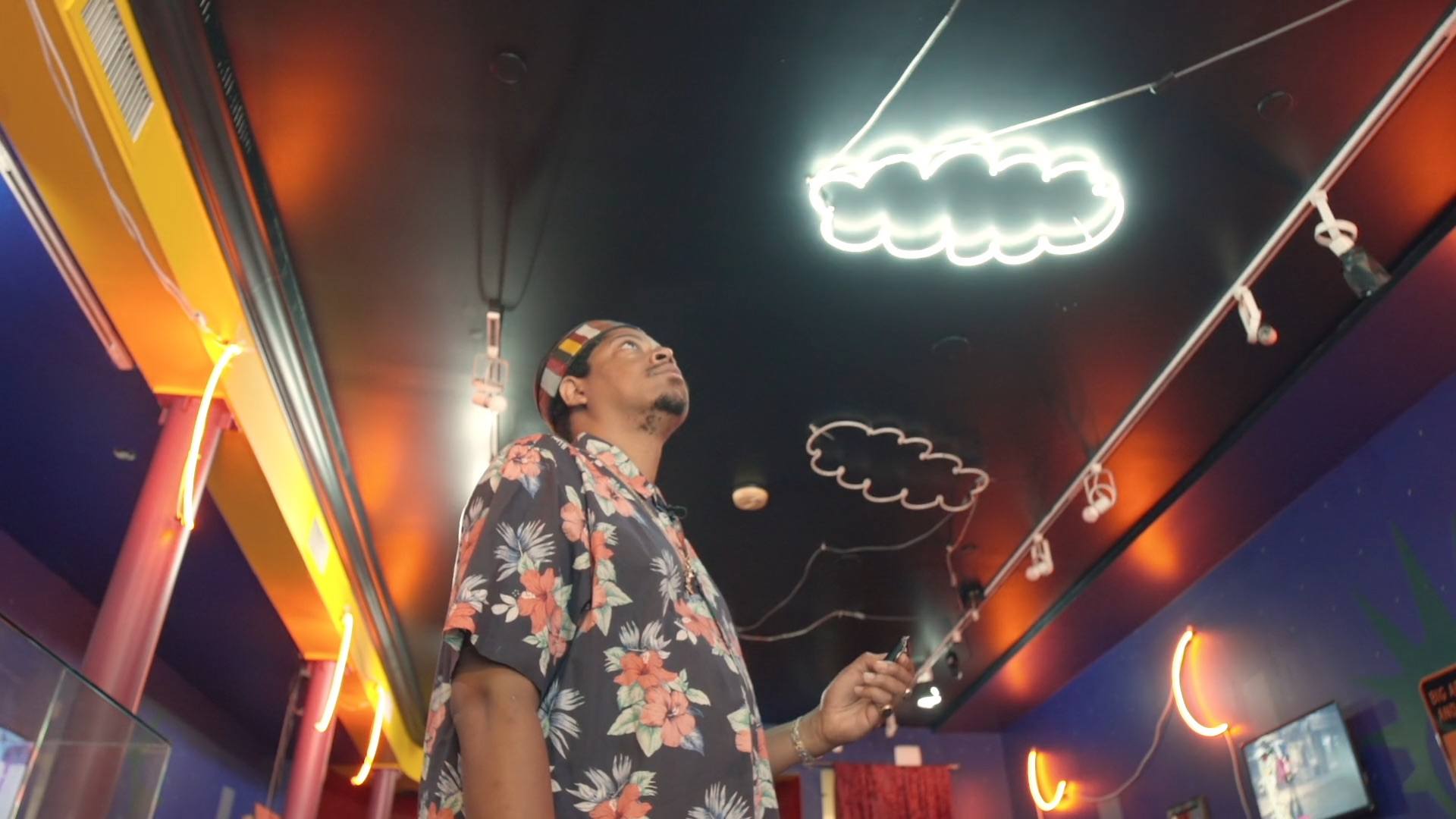
Look at This! (Films to Watch with the Sound Off)
by Joe FusaroApril 10, 2023 9 videos • 1:12:01 total runtime -
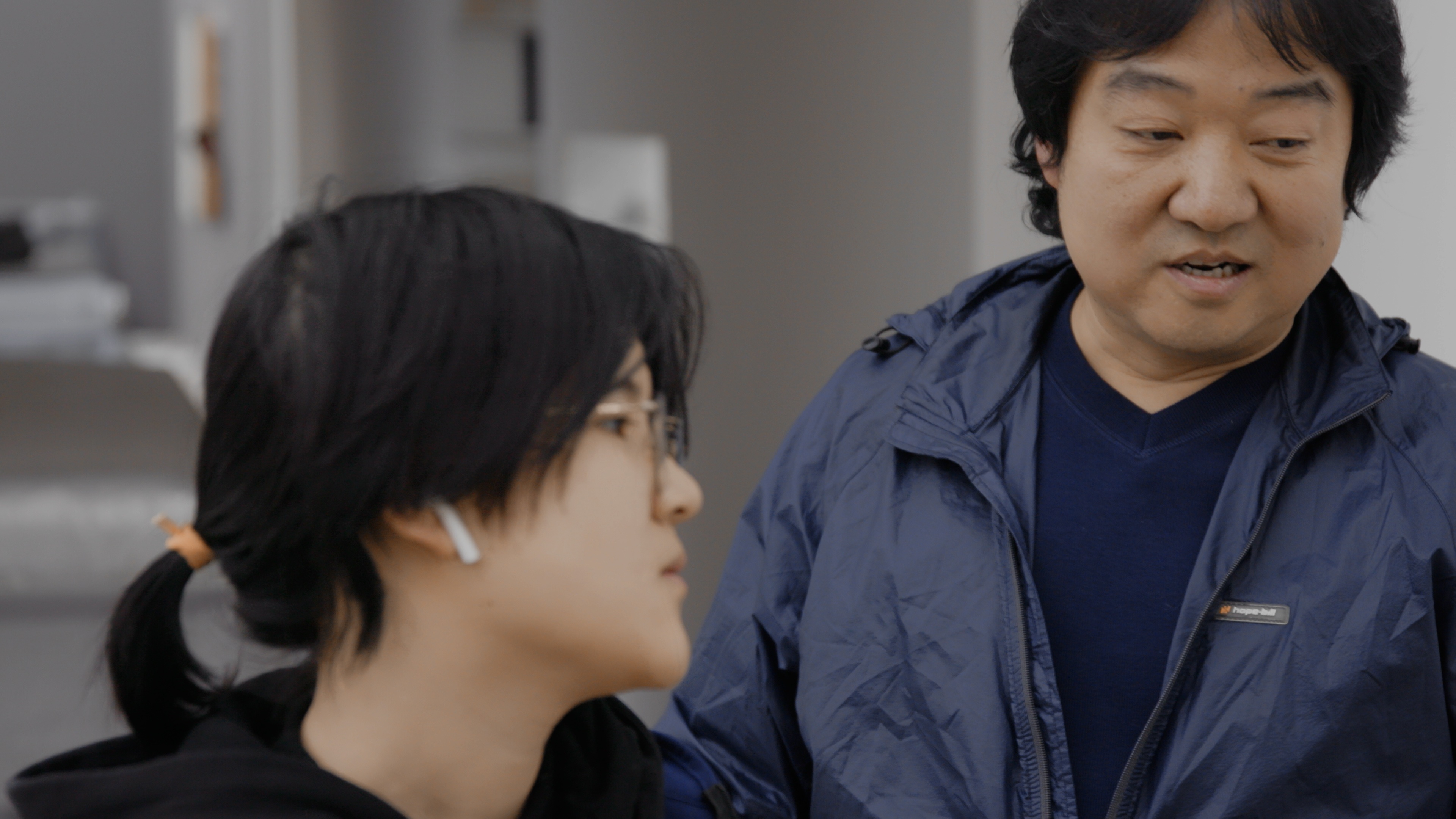
Family
by Art21October 26, 2022 13 videos • 2:02:54 total runtime -
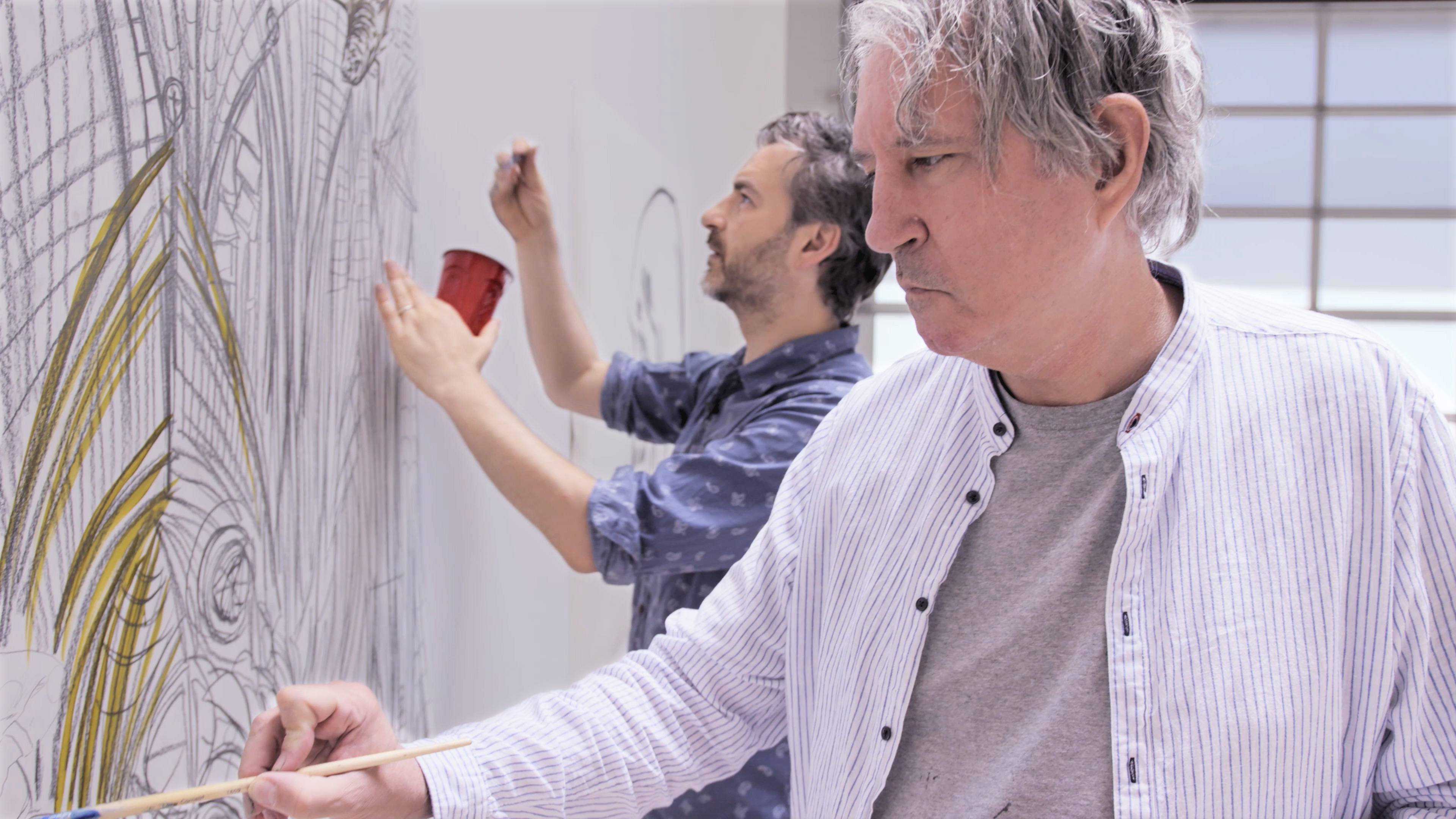
Teaching with Collaboration
by Andrea MancusoOctober 21, 2022 11 videos • 2:43:36 total runtime -
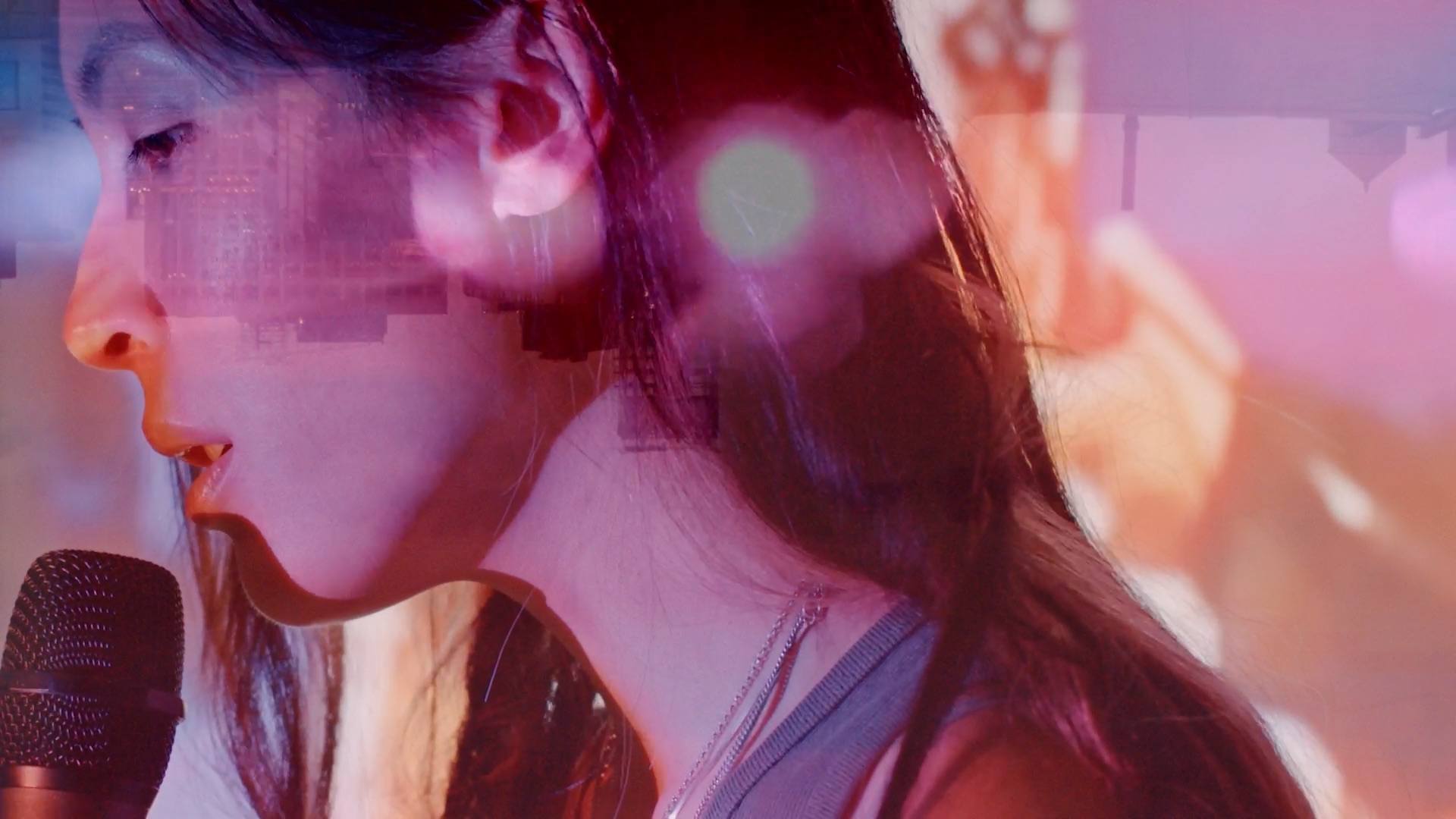
Translations
by Art21September 21, 2022 11 videos • 1:26:30 total runtime -
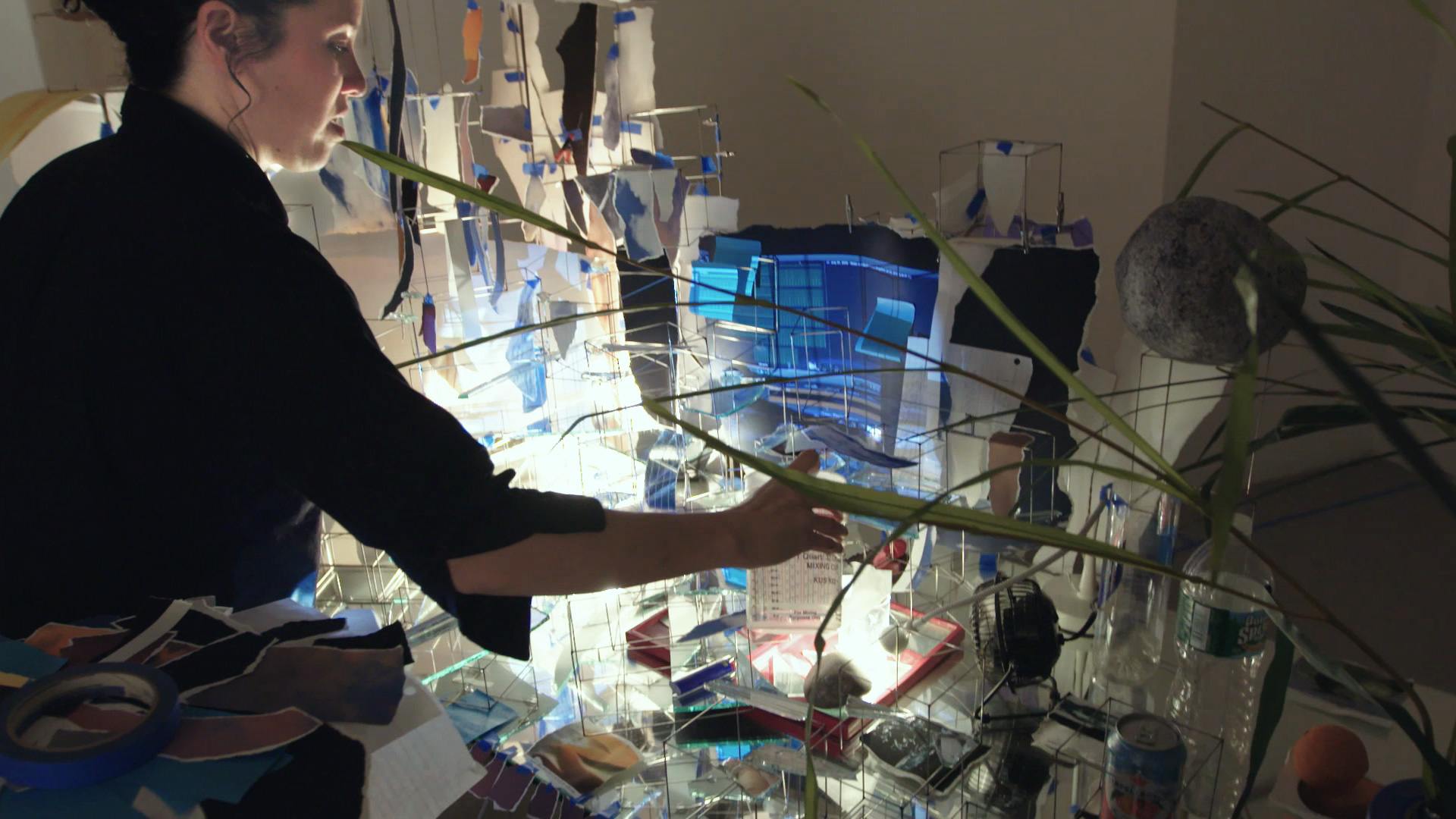
Teaching with Maps
by Emily RelfSeptember 6, 2022 11 videos • 1:47:39 total runtime -
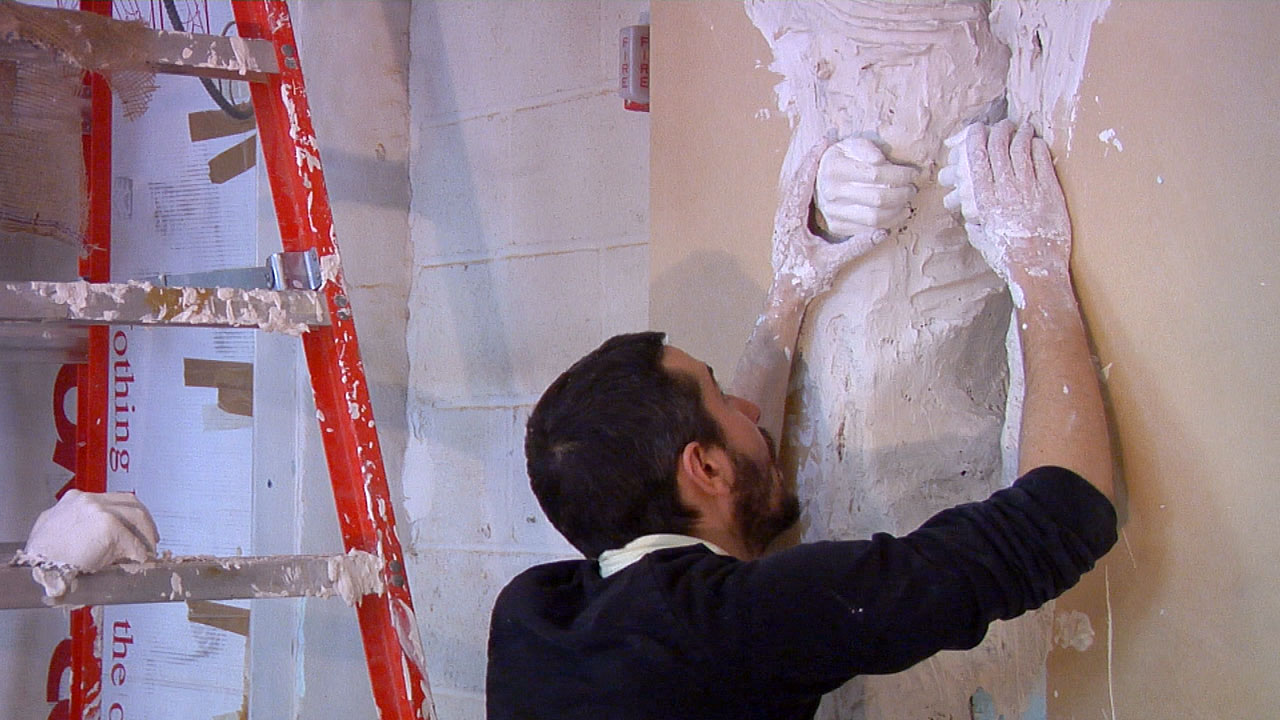
Teaching with Three Dimensions
by Dennis GreenwellJune 22, 2021 15 videos • 2:29:31 total runtime -
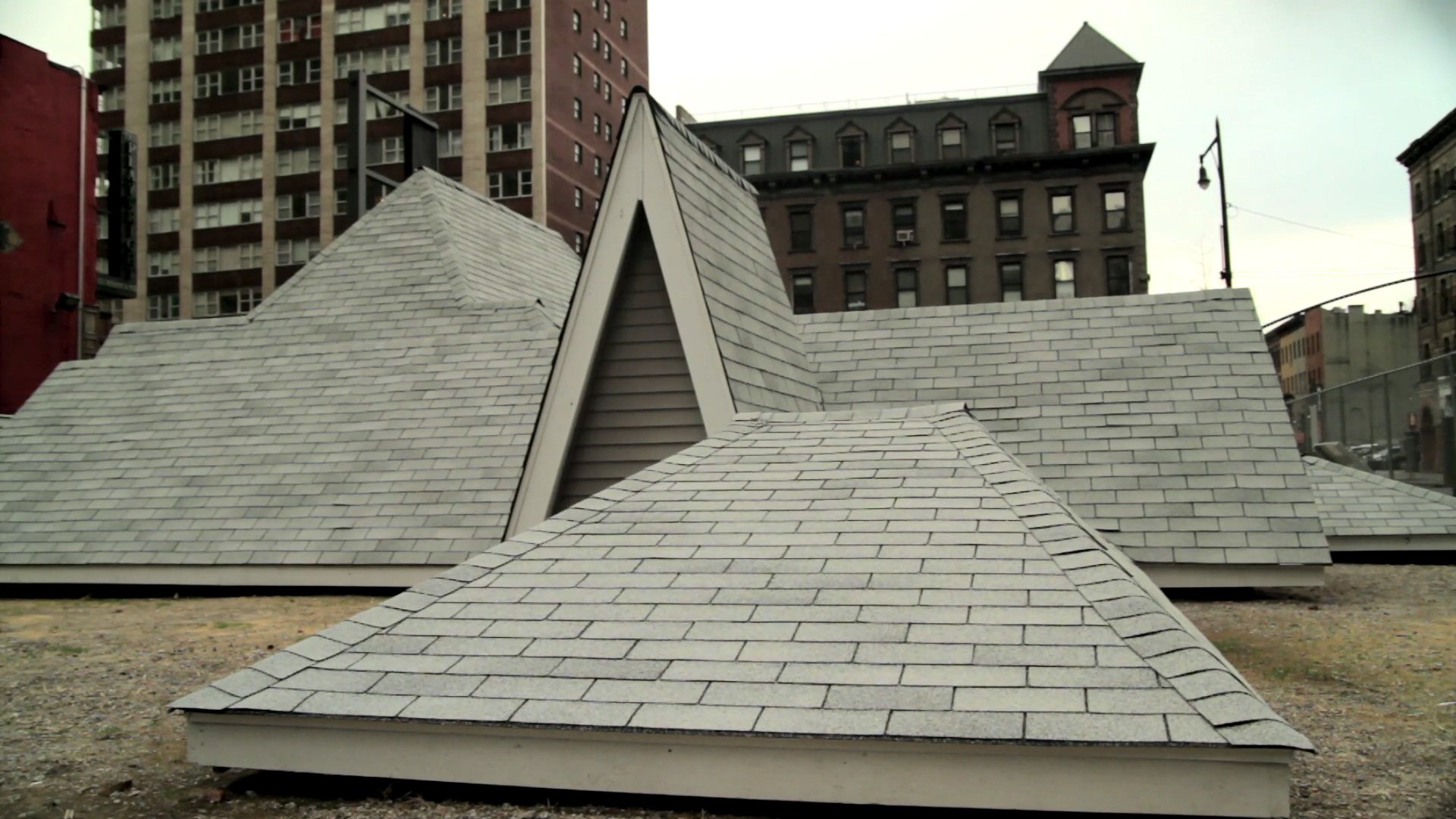
Teaching with Possibilities
by Catherine KarpMay 19, 2021 10 videos • 1:10:38 total runtime -
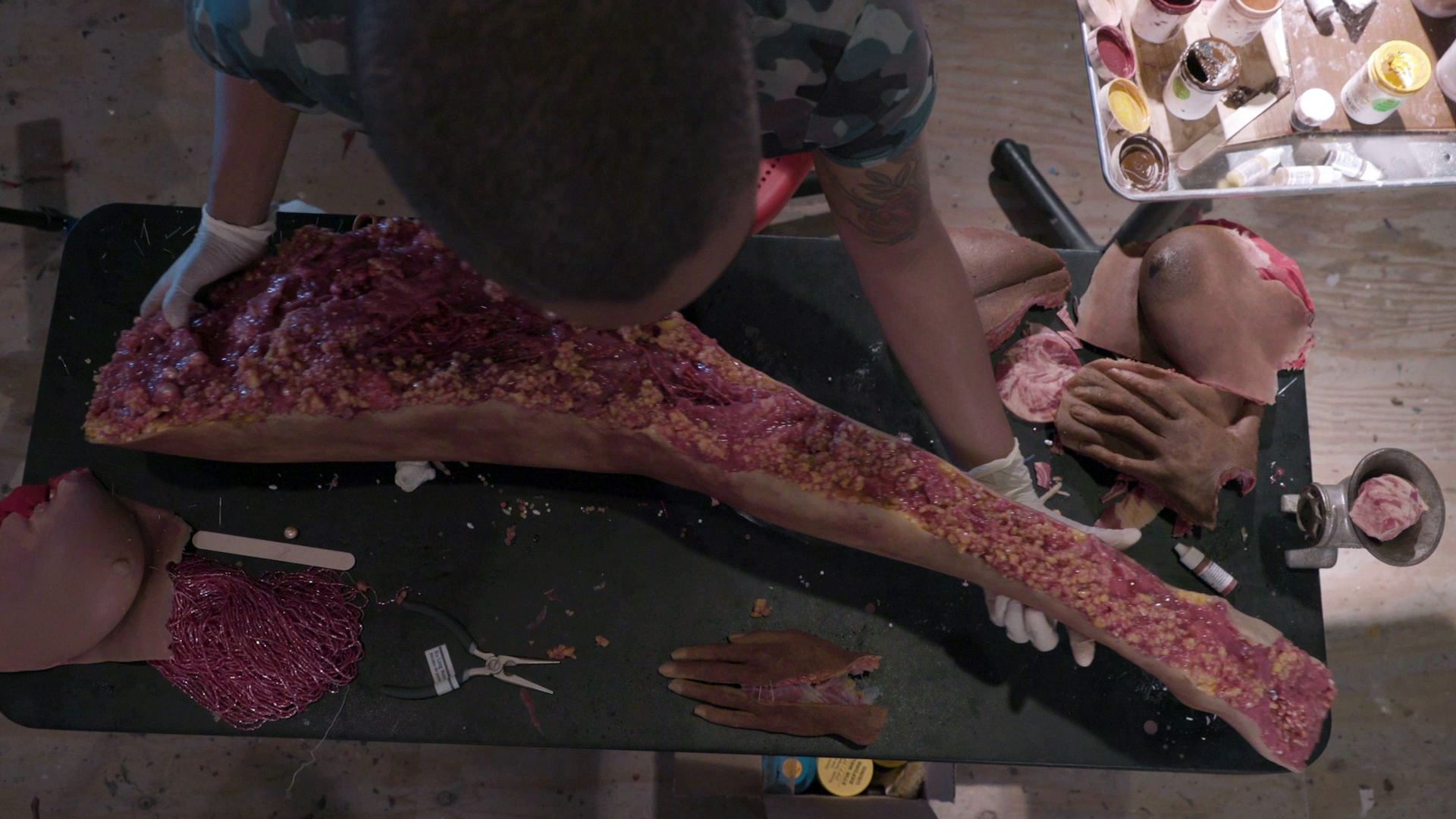
From Head to Toe
by Art21March 22, 2021 17 videos • 2:40:27 total runtime -
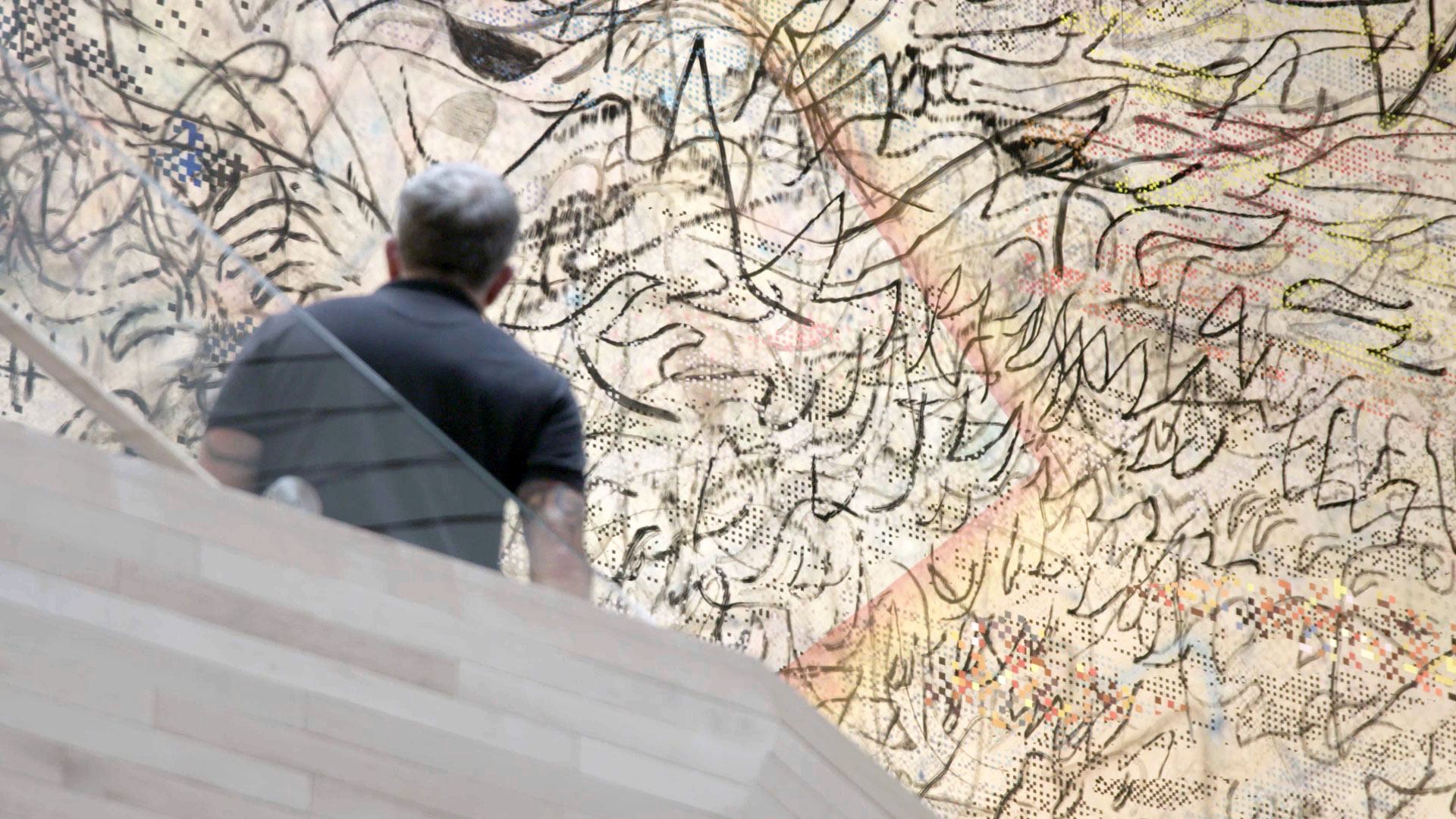
Plan Your Vote
by Art21November 2, 2020 8 videos • 1:38:02 total runtime -
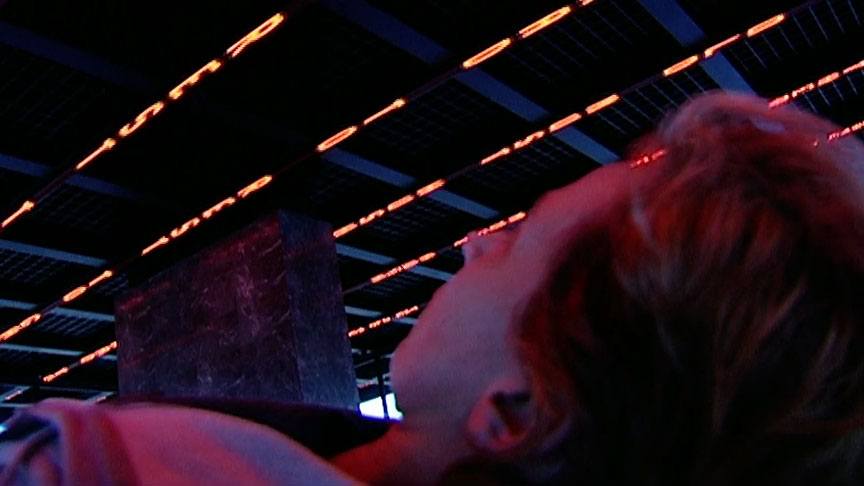
Teaching with the Power of Words
by Alex MendezAugust 26, 2020 9 videos • 1:47:16 total runtime -
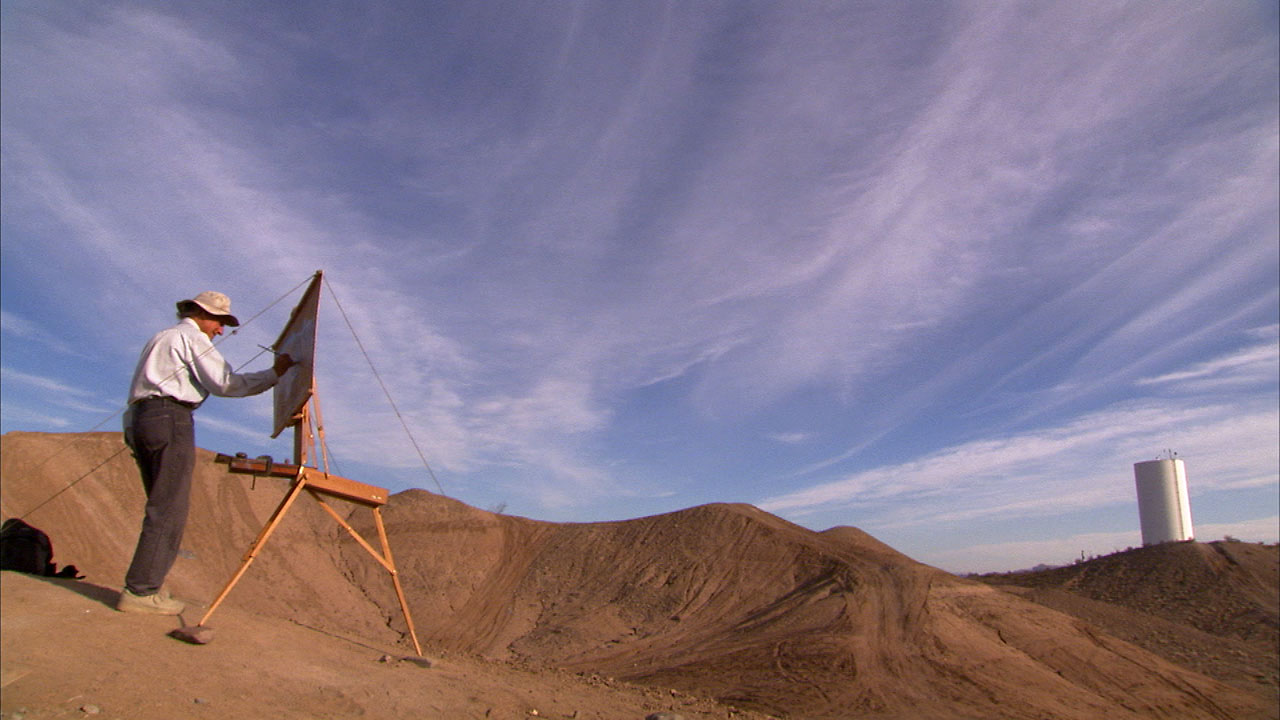
Teaching with the Great Outdoors
by Joe FusaroMay 27, 2020 7 videos • 1:38:02 total runtime -
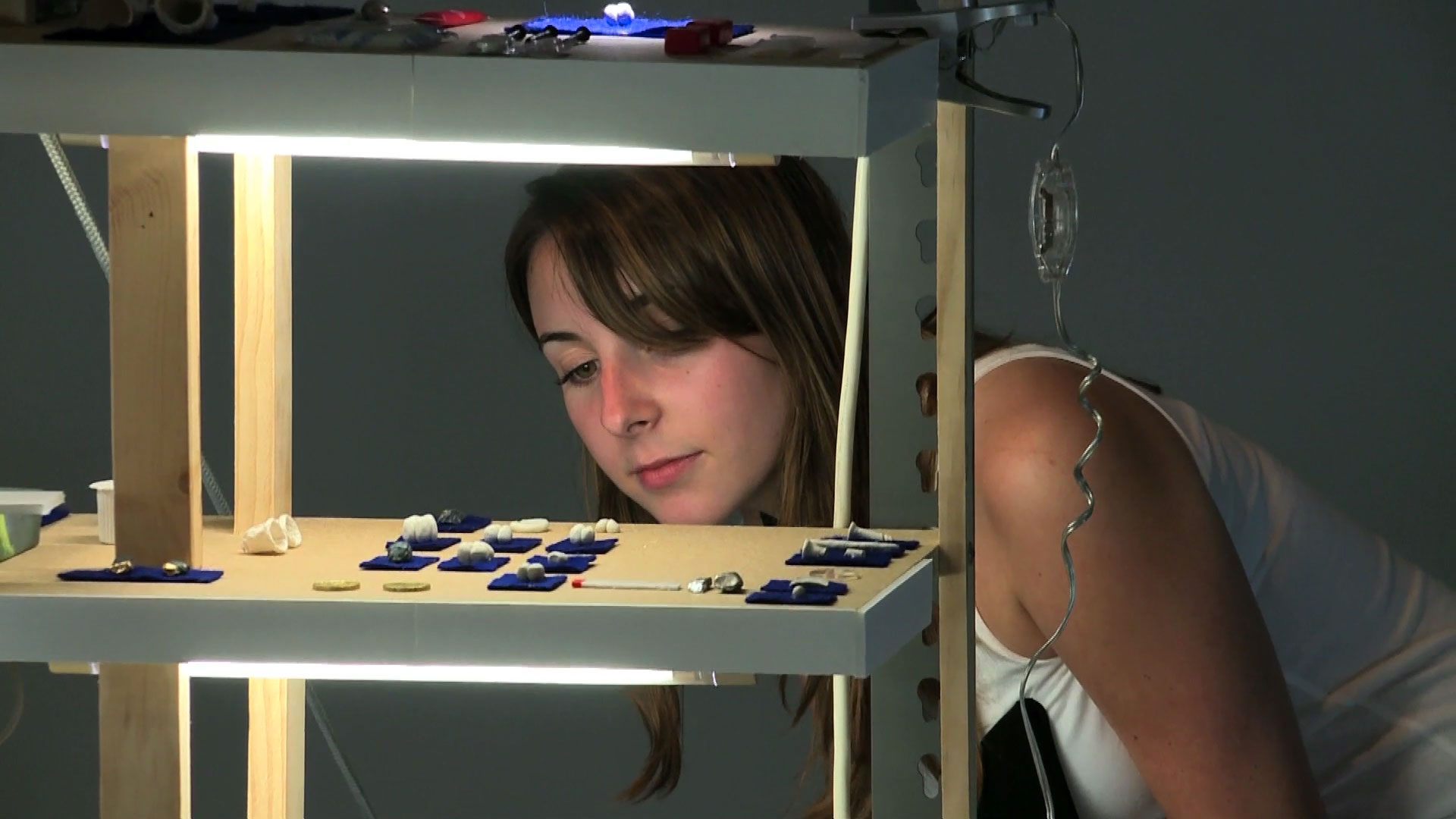
Teaching with Improvisation and Spontaneity
by Erica RichardApril 30, 2020 8 videos • 1:00:58 total runtime -
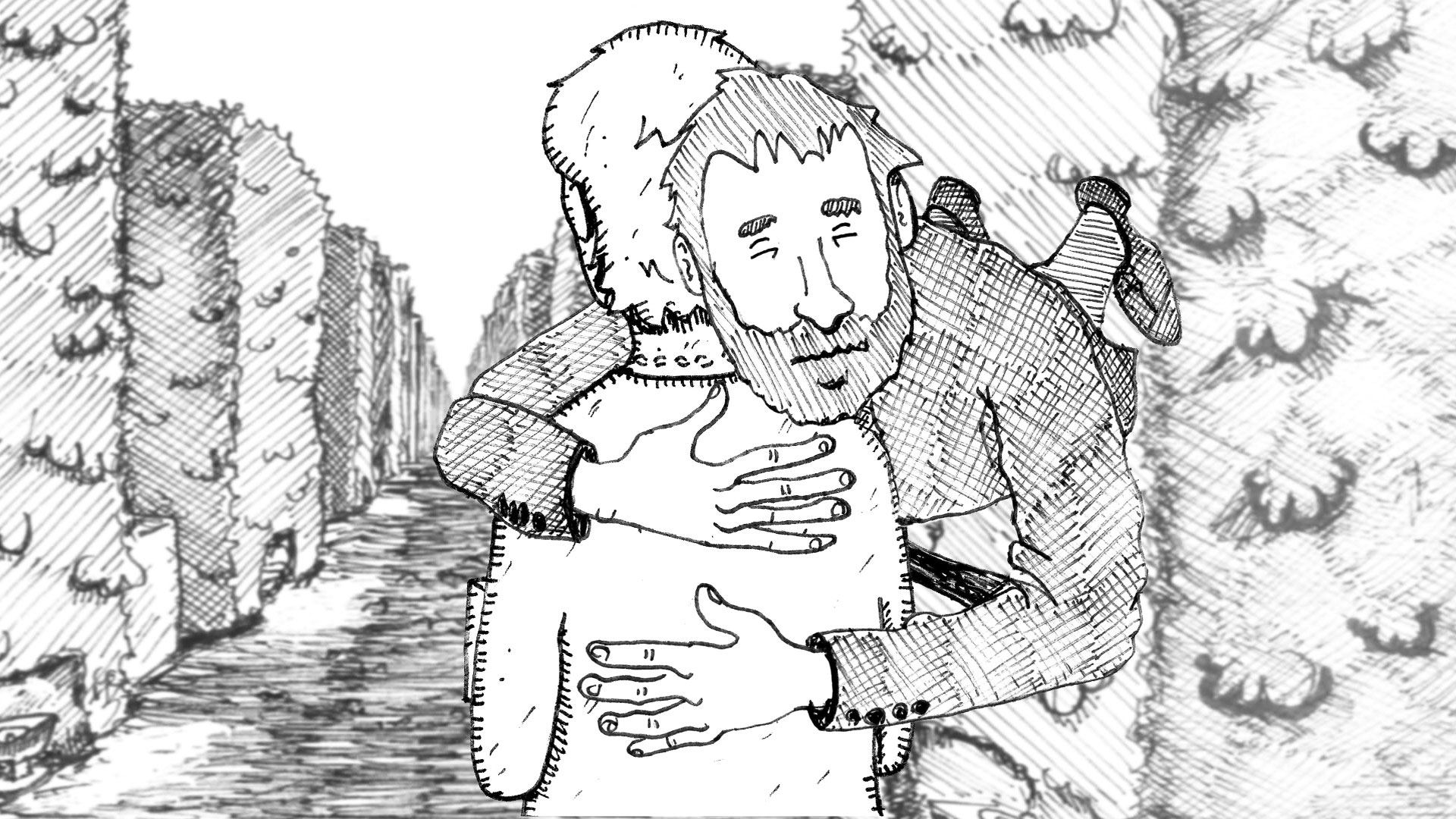
Teaching with Love and Loss
by Ty TalbotFebruary 12, 2020 10 videos • 1:35:41 total runtime -
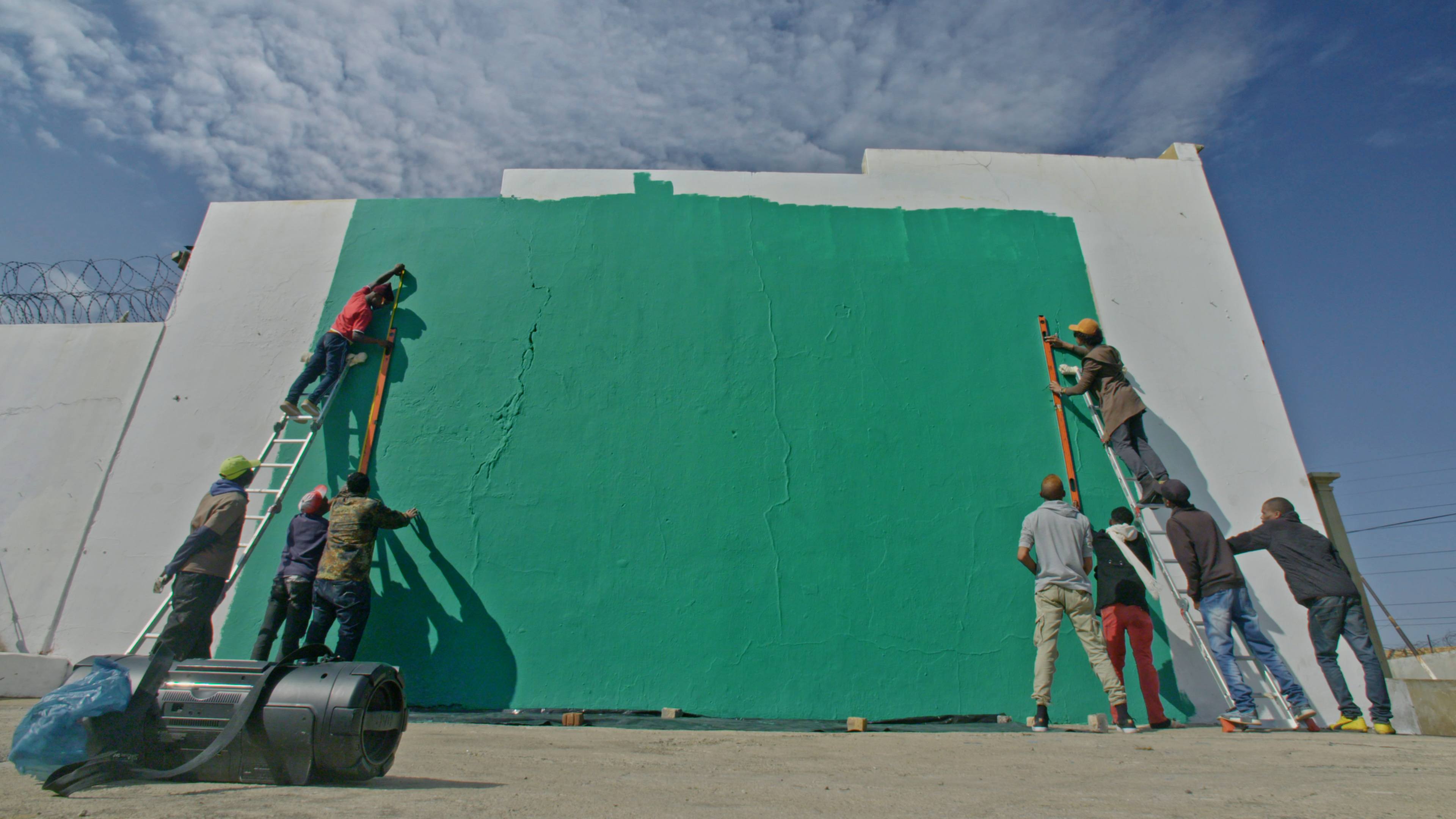
Teaching with Community
by Miranda BestJanuary 15, 2020 10 videos • 2:16:08 total runtime -
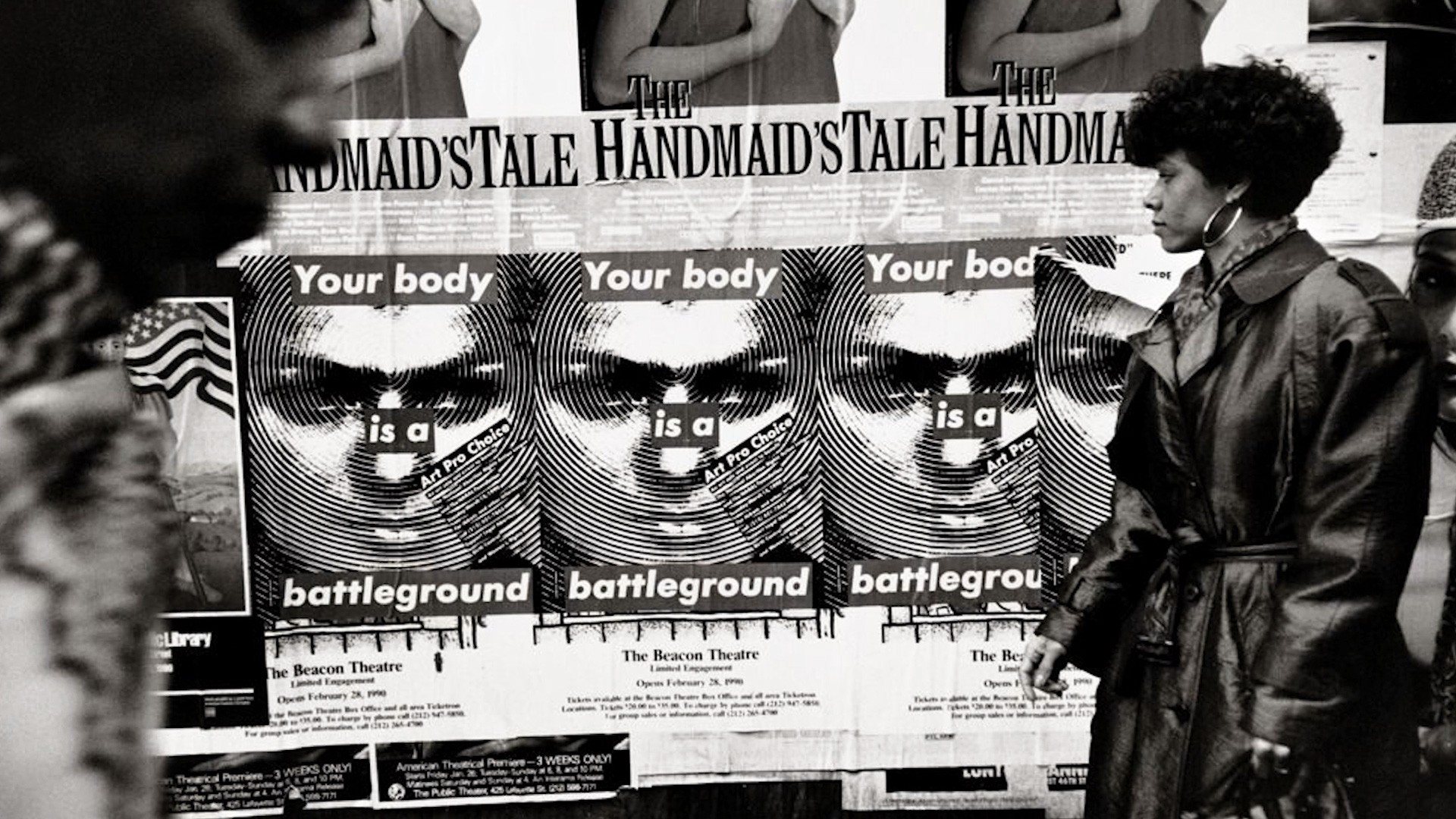
Taking a Stand
by Art21January 9, 2020 14 videos • 2:05:09 total runtime -
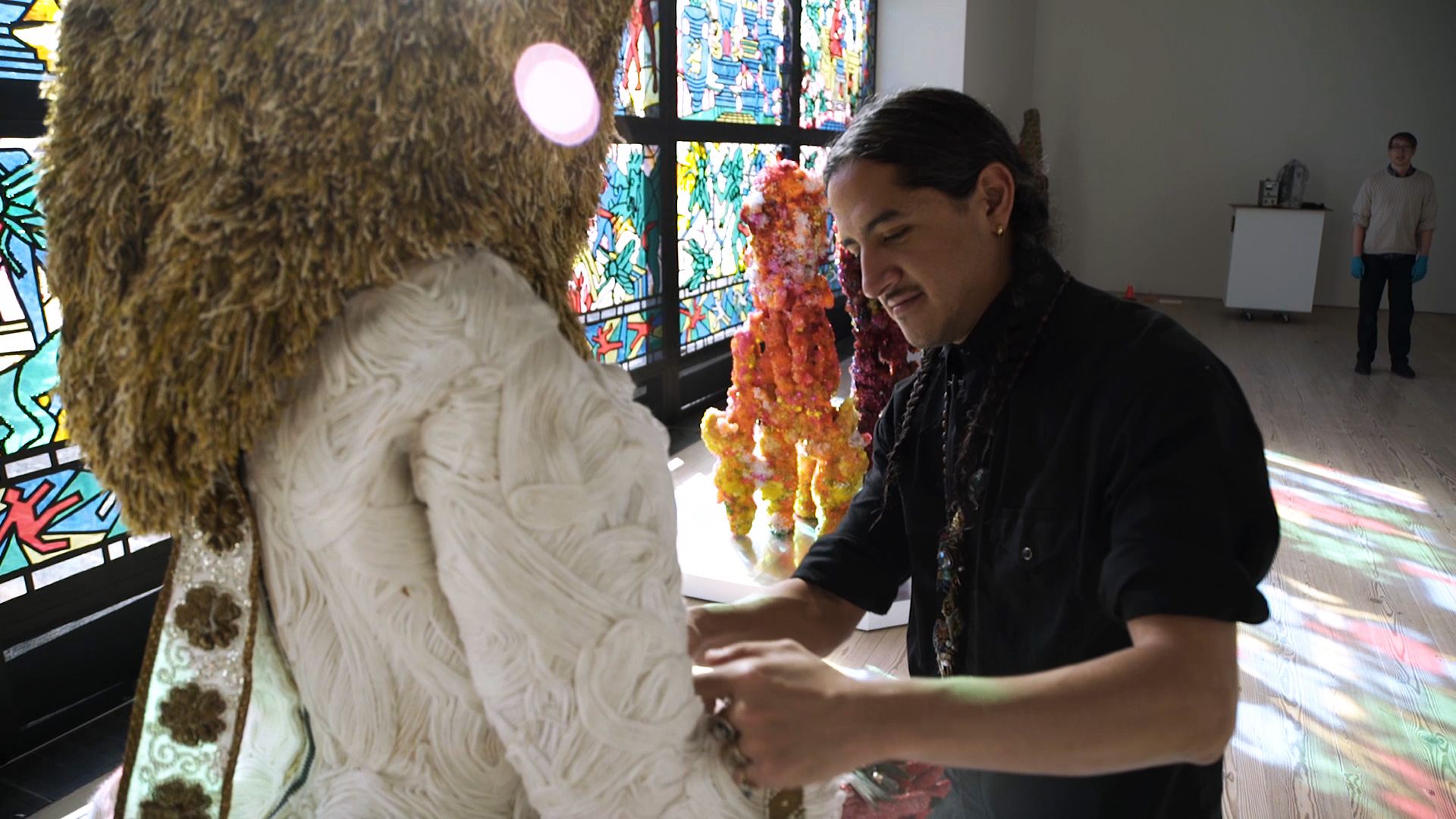
Which Latin America?
by Diego del Valle RíosOctober 9, 2019 12 videos • 1:57:36 total runtime -
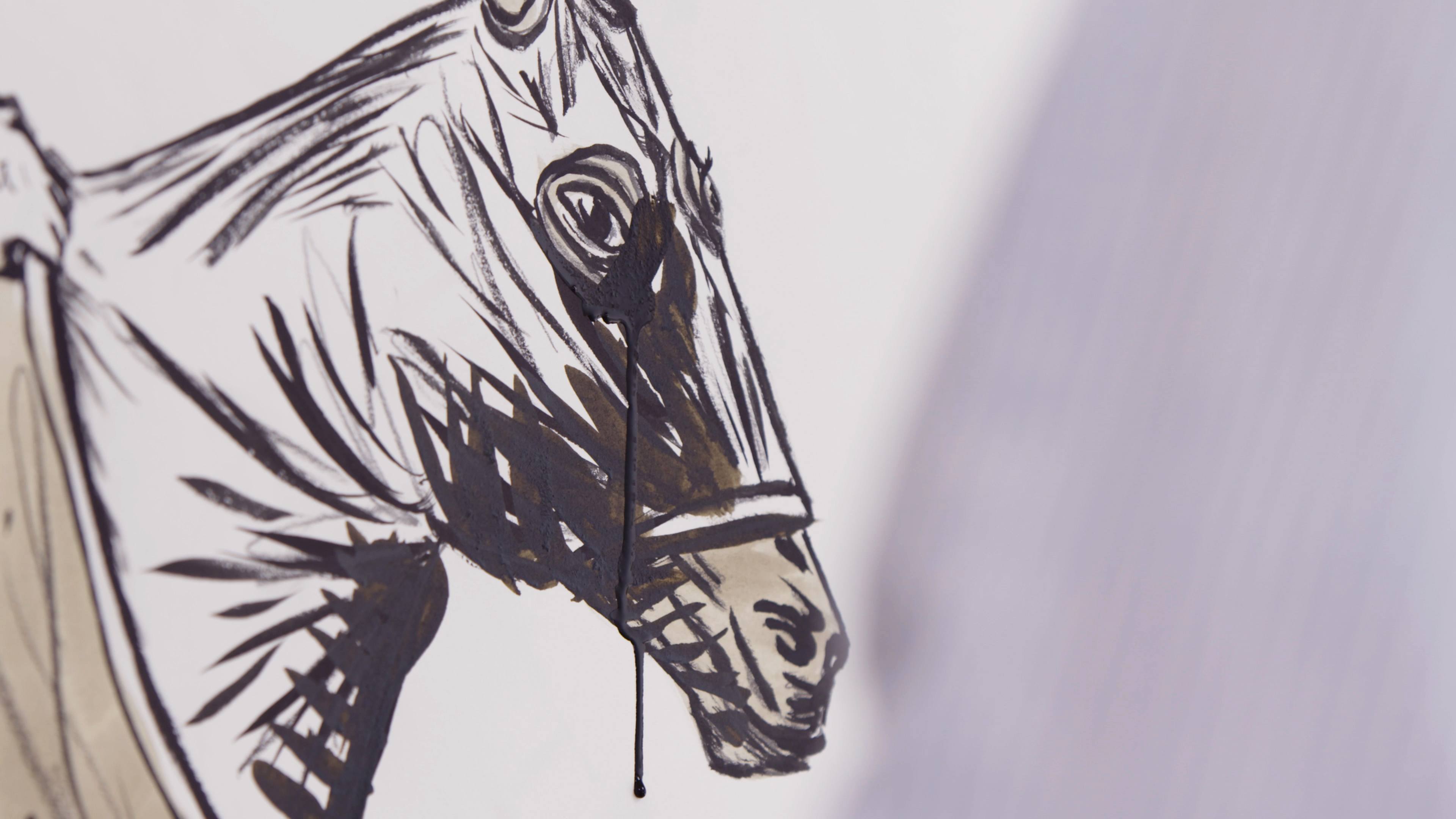
Human Touch
by Art21September 20, 2019 14 videos • 1:51:02 total runtime -
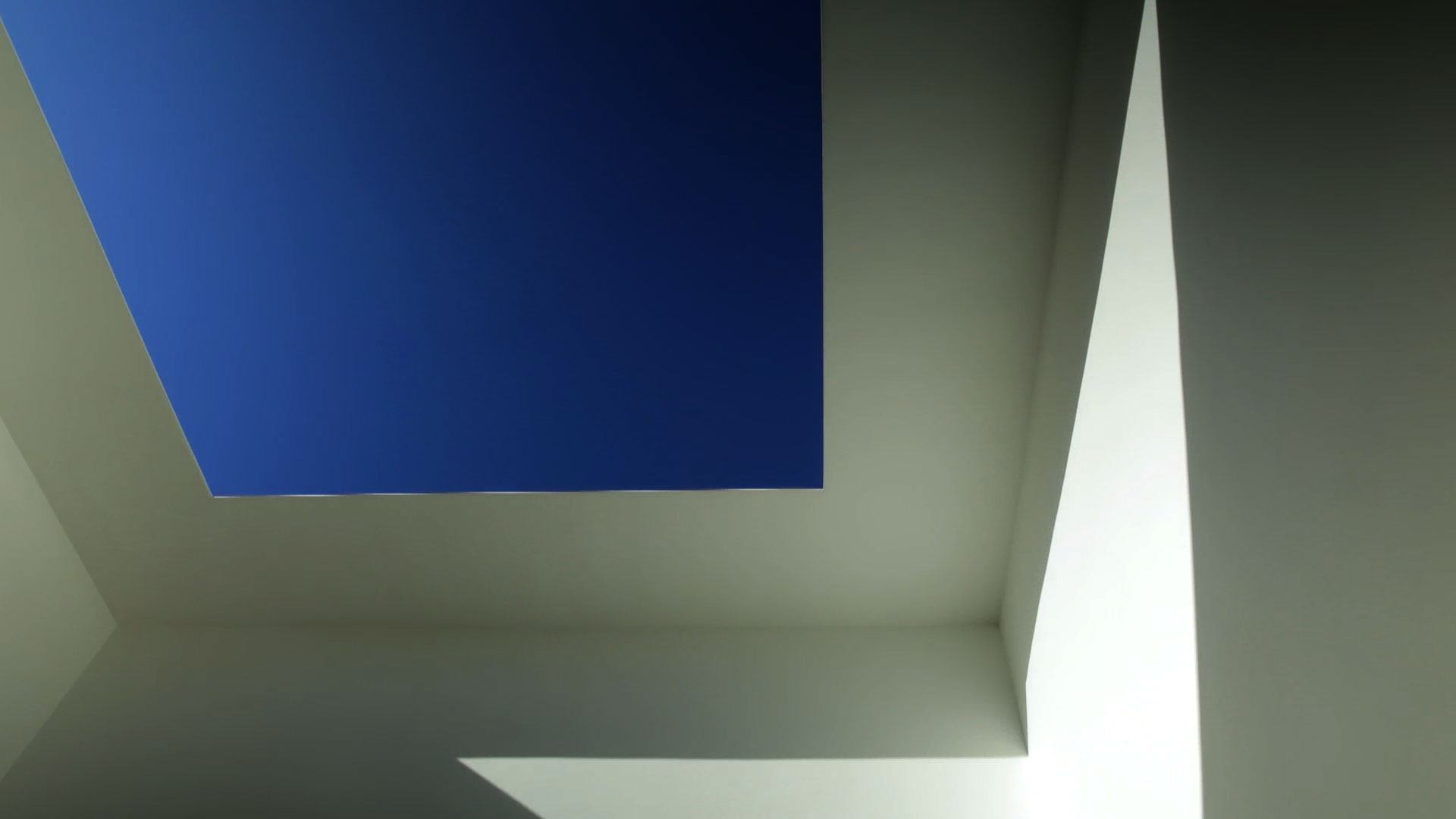
Must-See Contemporary
by Art21July 22, 2019 16 videos • 1:52:49 total runtime -
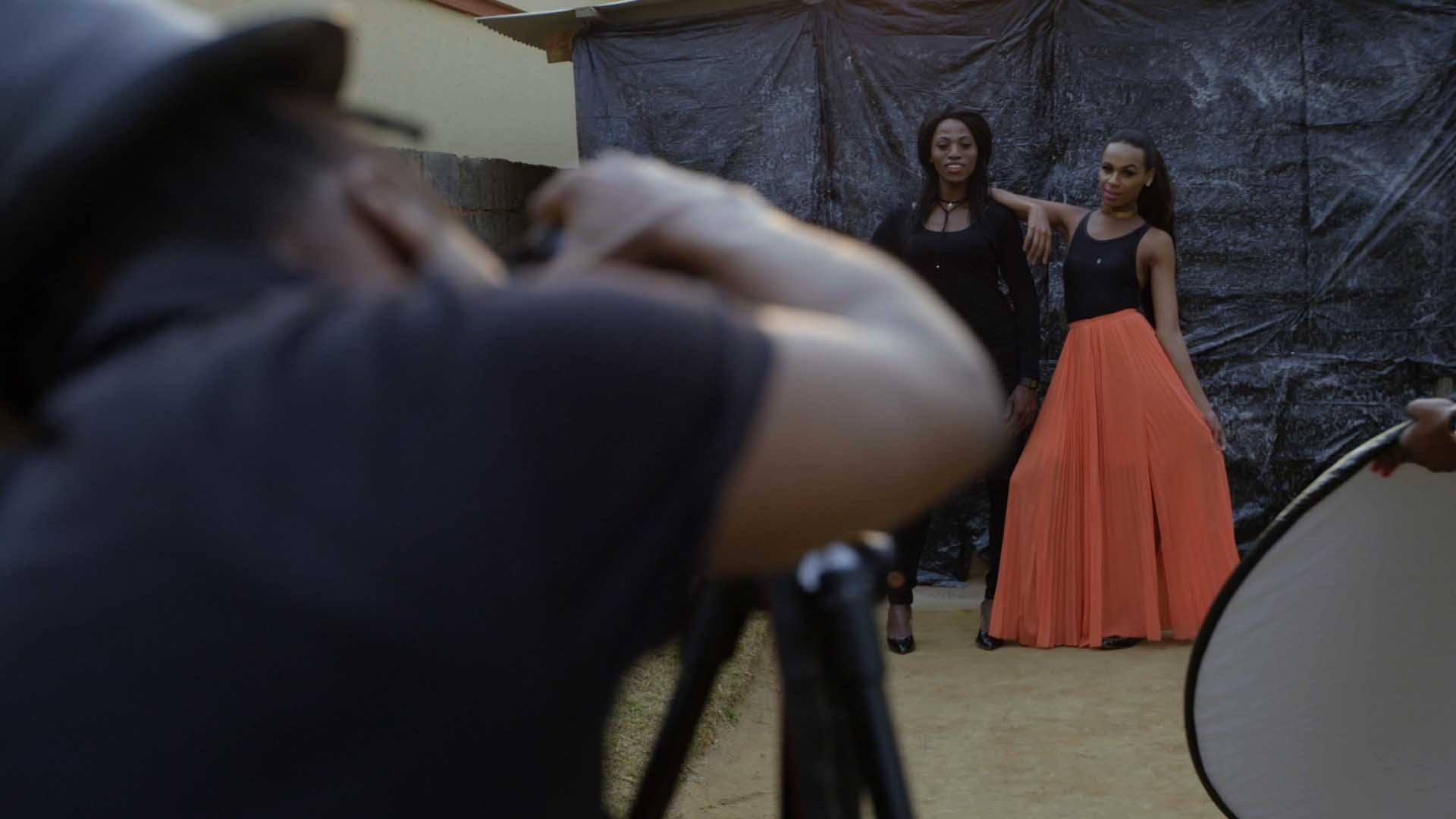
Pride Unveiled
by Art21June 11, 2019 10 videos • 1:42:03 total runtime -
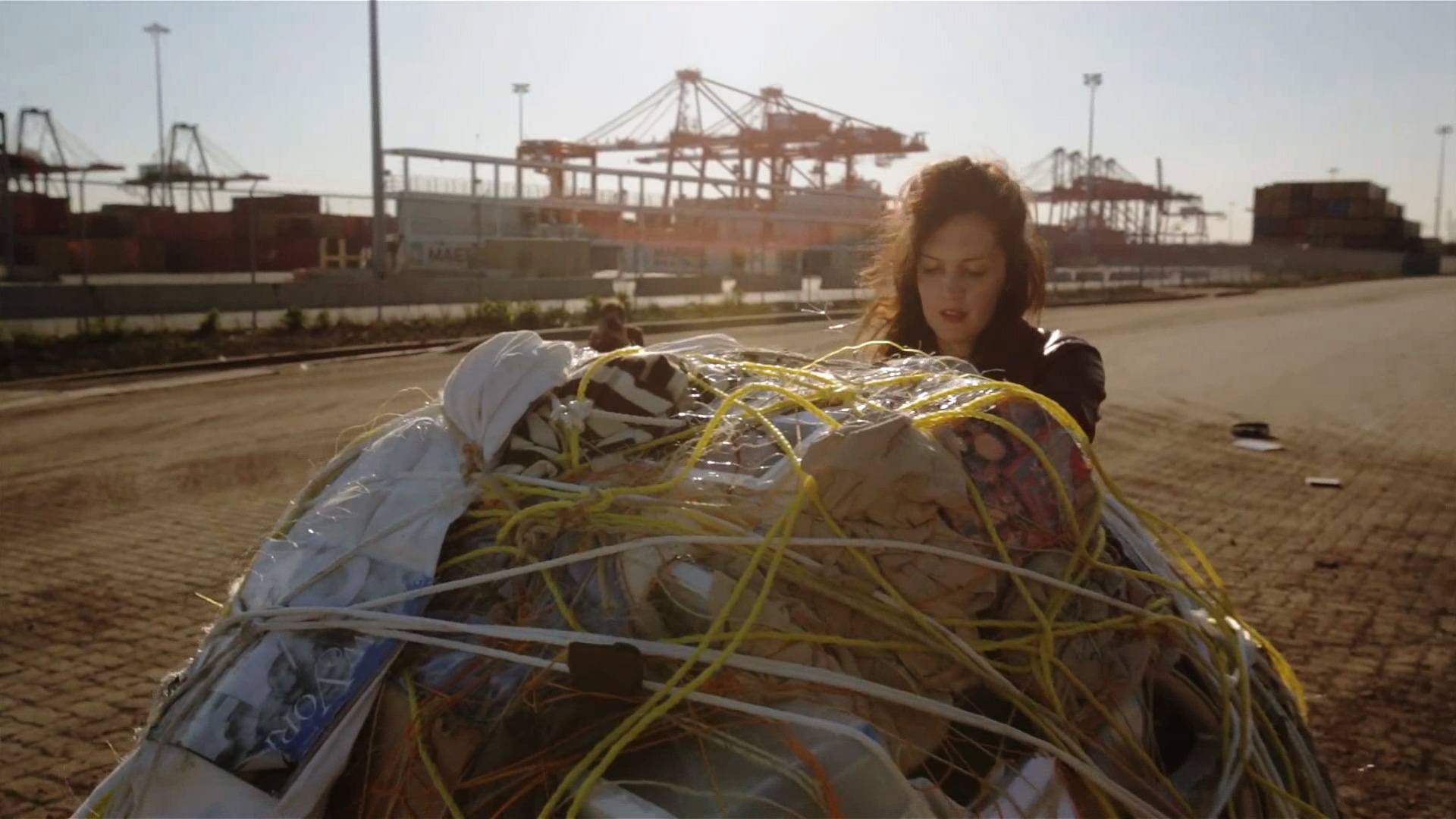
The World Is Yours
by Art21April 22, 2019 12 videos • 1:28:16 total runtime -
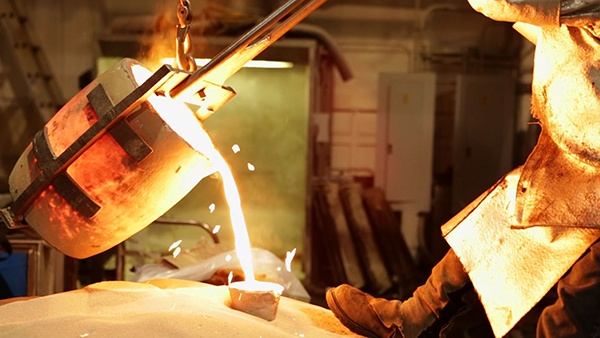
Tools of the Trade
by Art21March 14, 2019 12 videos • 1:33:35 total runtime -
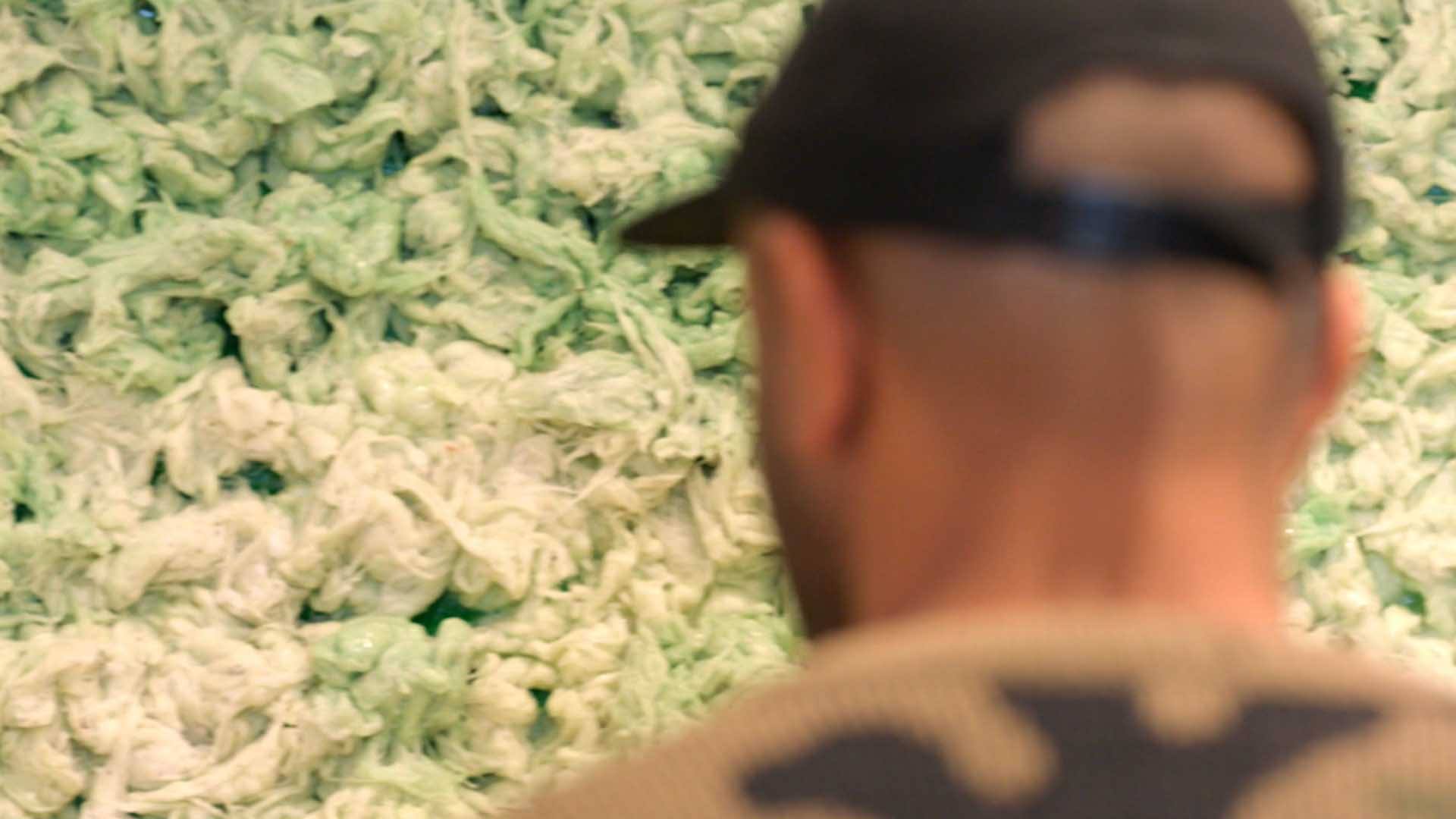
Essence of a History
by Art21February 14, 2019 16 videos • 2:14:41 total runtime -
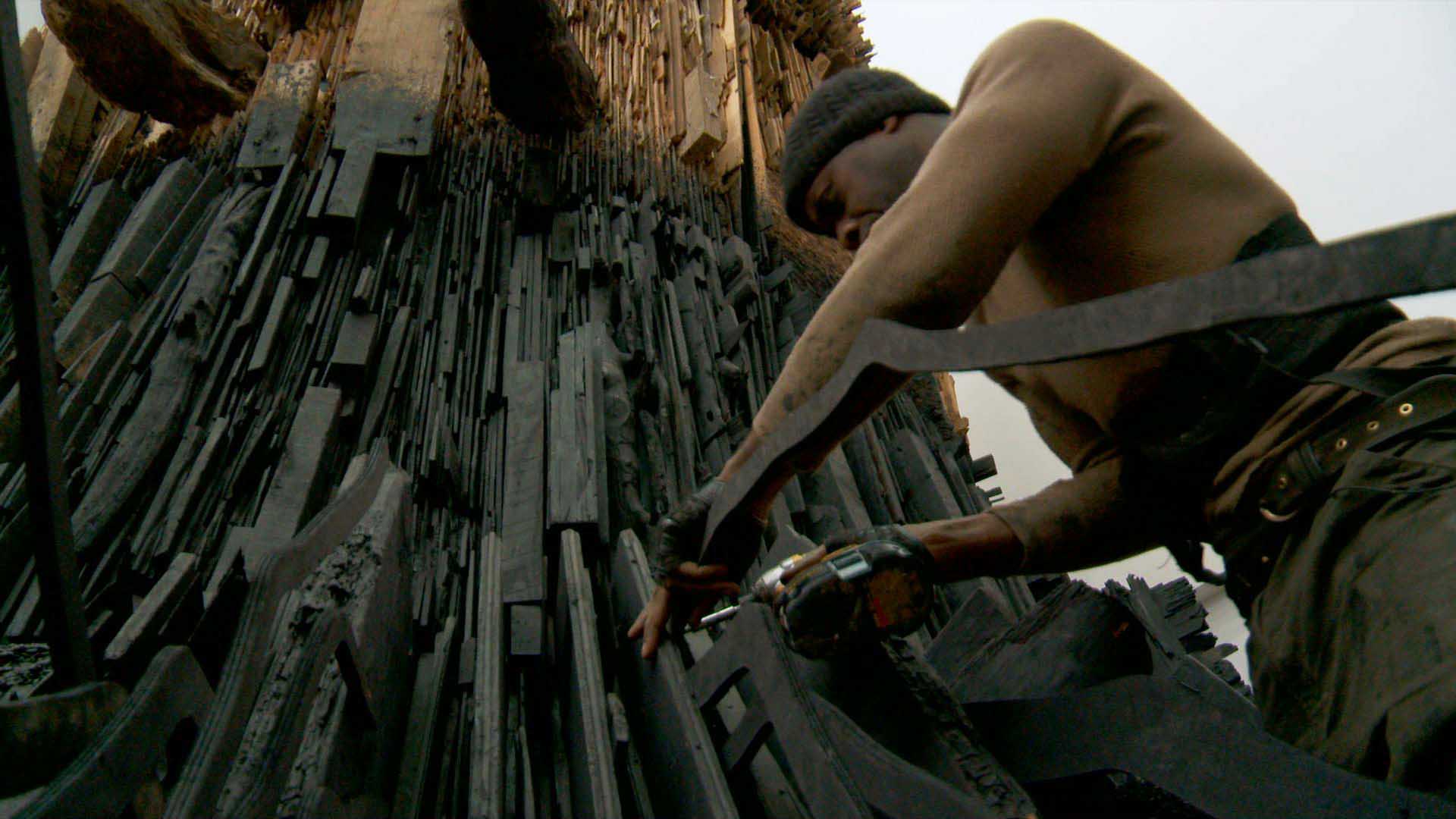
Don’t Sweat The Technique
by Art21January 23, 2019 12 videos • 1:28:54 total runtime -
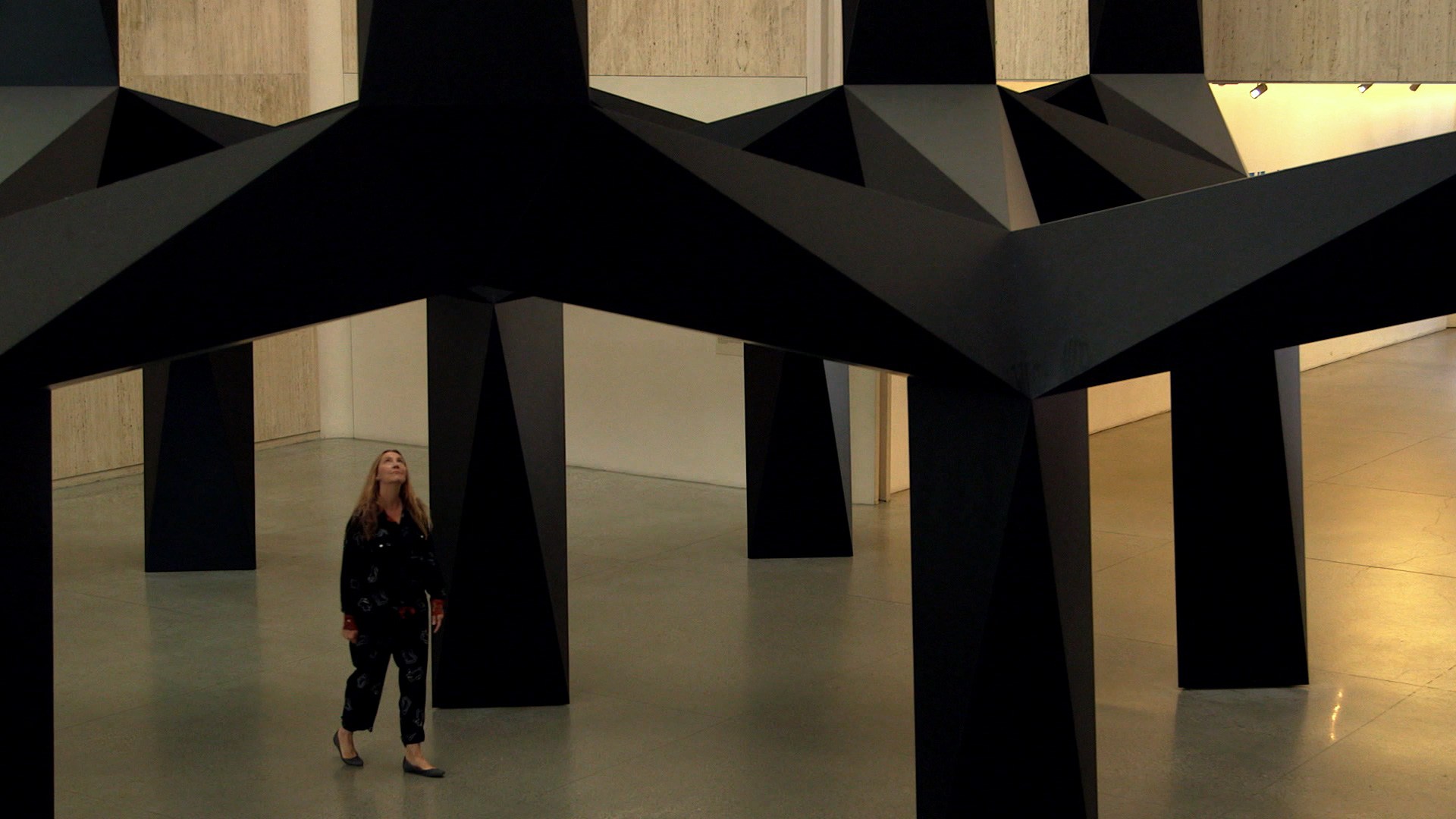
Under the Influence
by Art21January 9, 2019 16 videos • 1:34:37 total runtime -
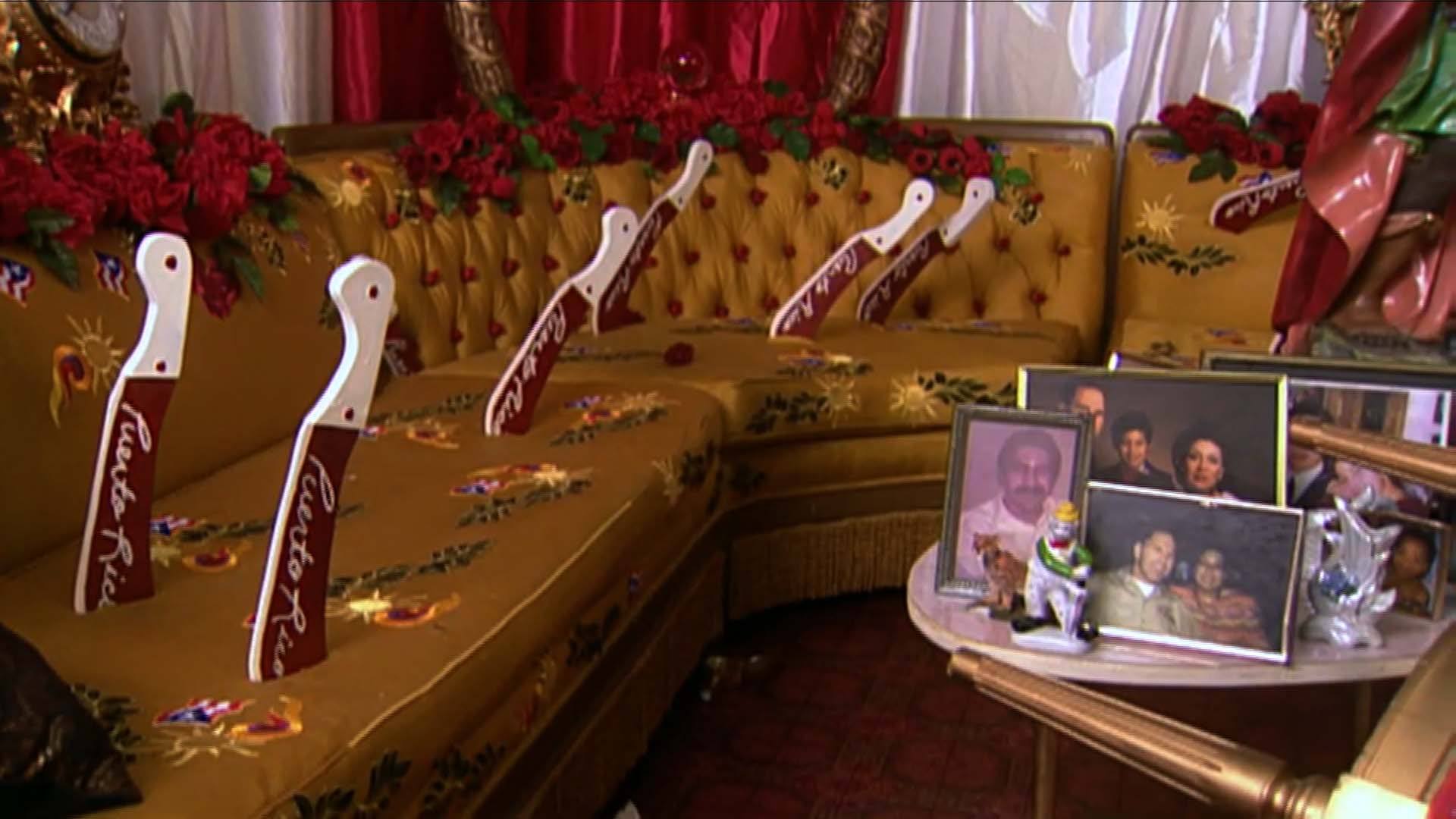
Going Home
by Art21December 20, 2018 15 videos • 2:03:23 total runtime -
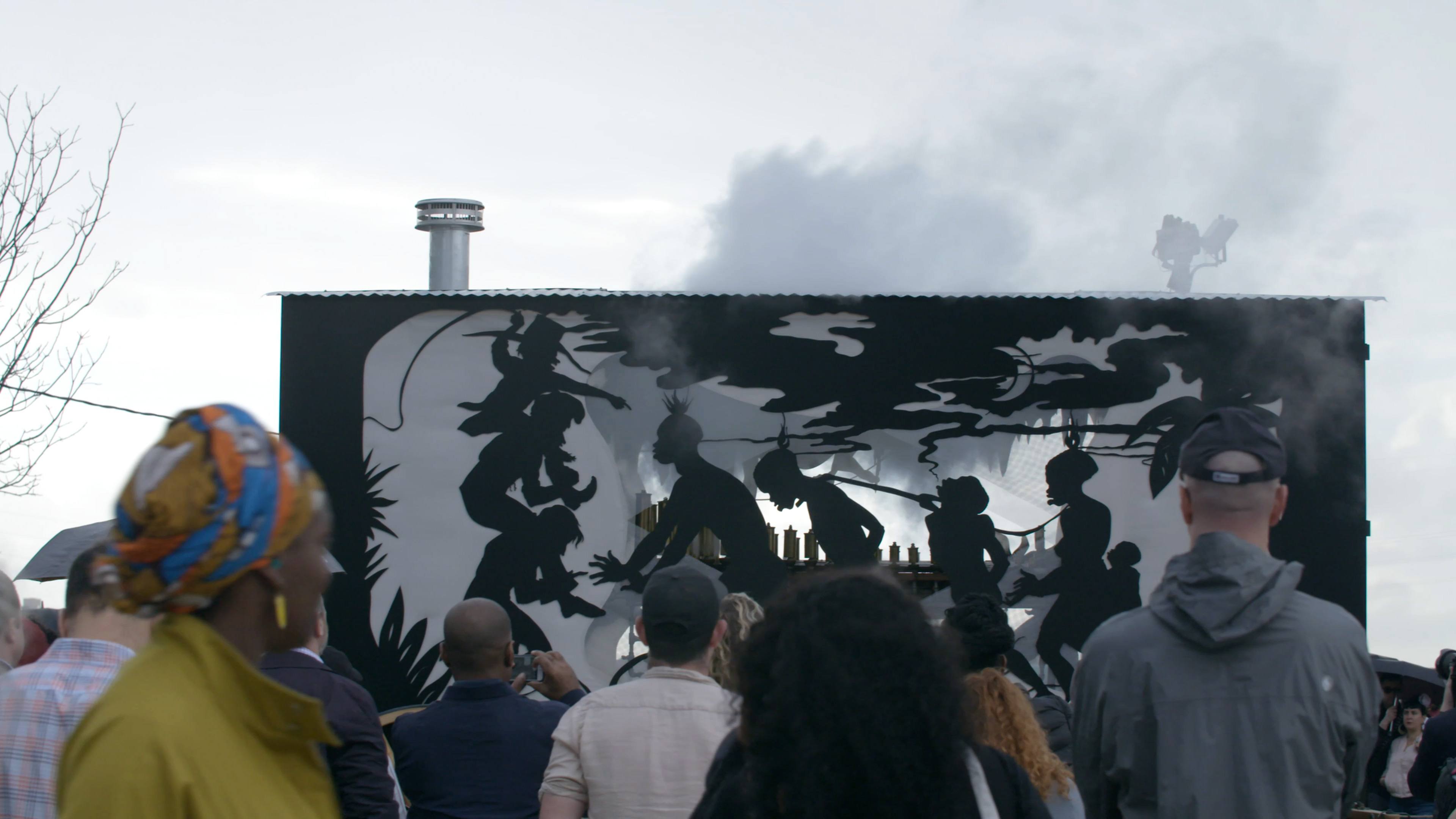
America Now
by Art21December 5, 2018 15 videos • 2:09:42 total runtime -
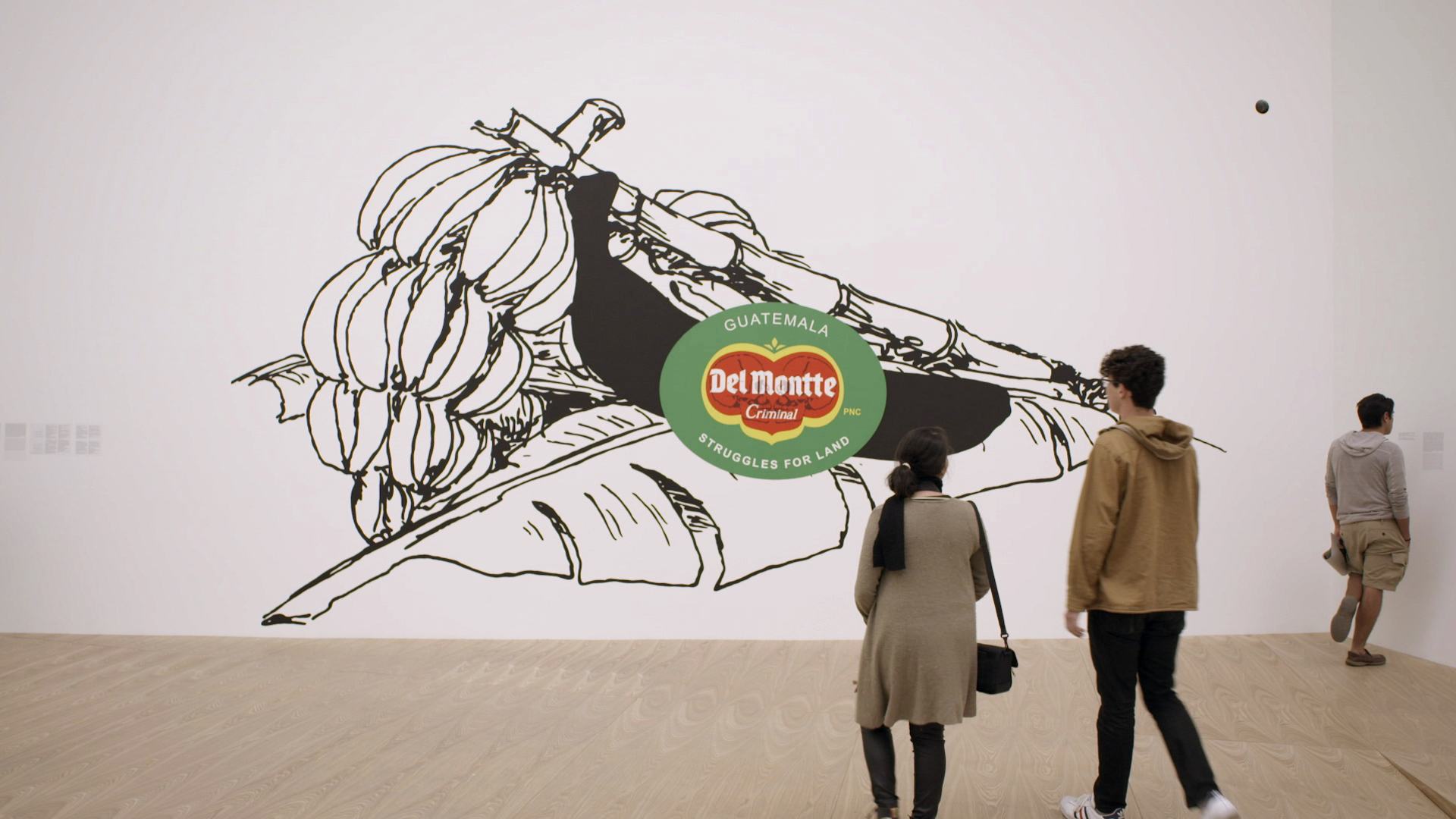
Consumption Revisited
by Art21May 15, 2018 15 videos • 2:39:45 total runtime -
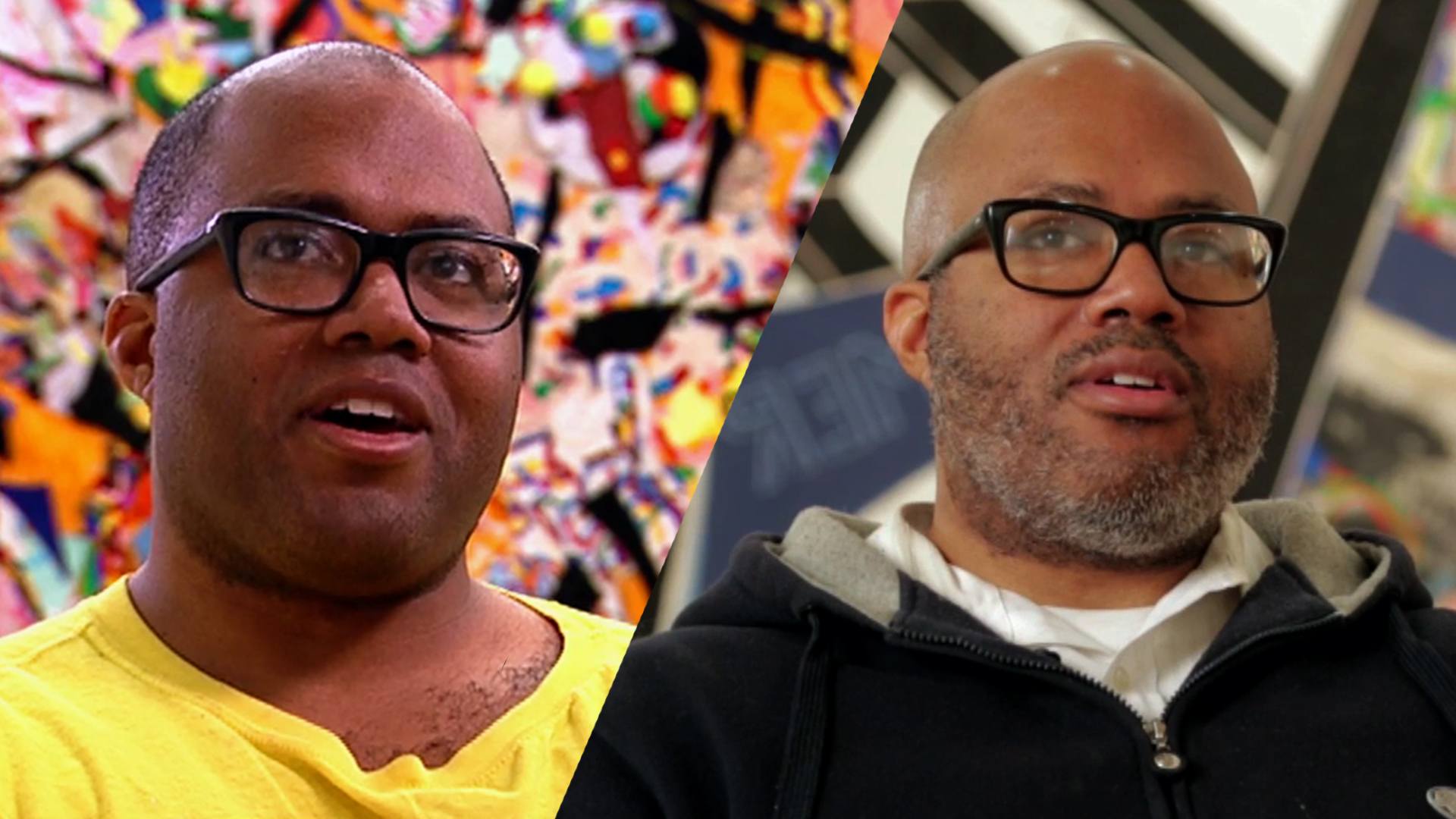
Then & Now
by Art21April 11, 2018 21 videos • 2:37:32 total runtime -
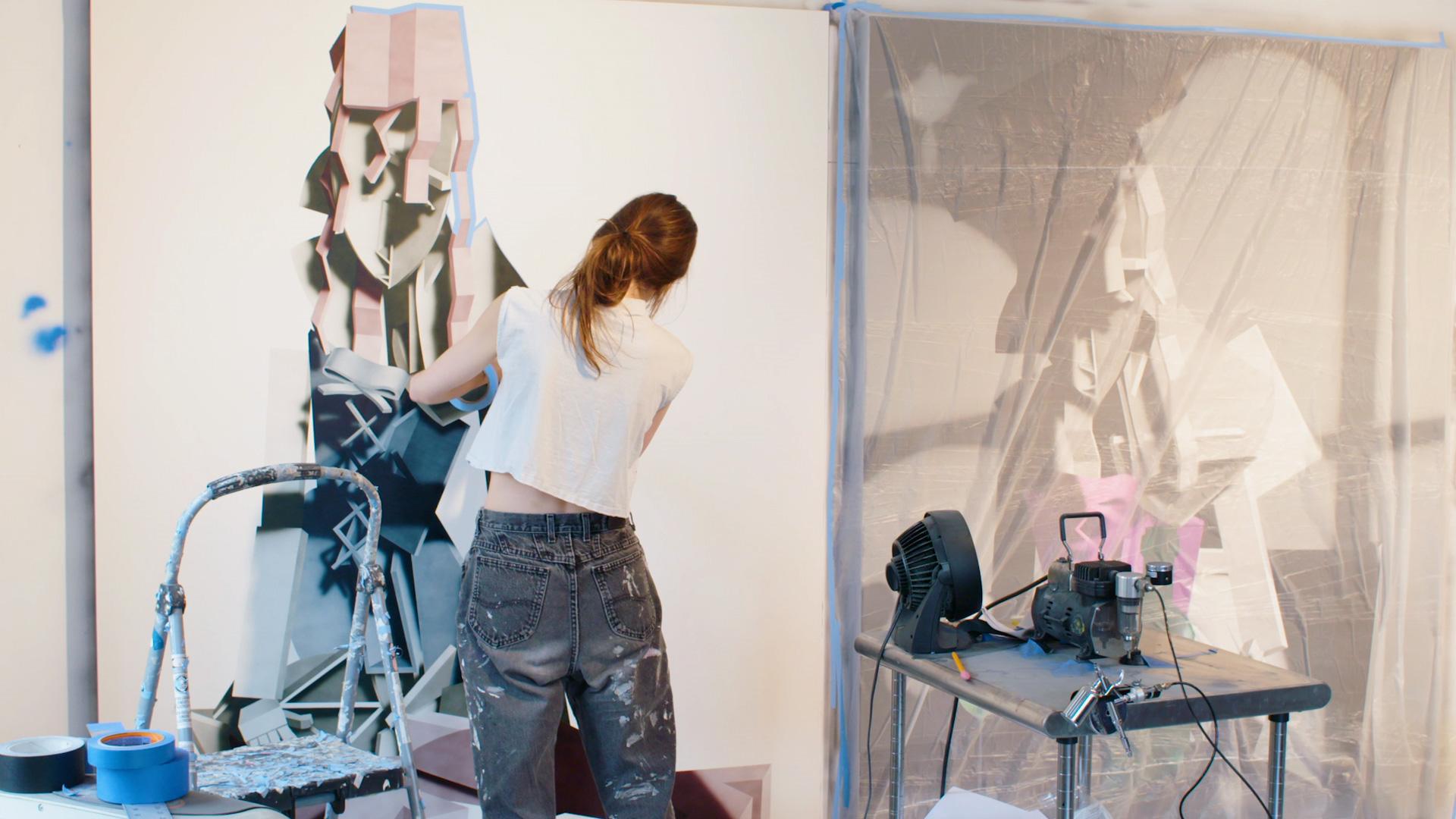
The Future Is Female
by Art21March 14, 2018 12 videos • 1:25:51 total runtime -
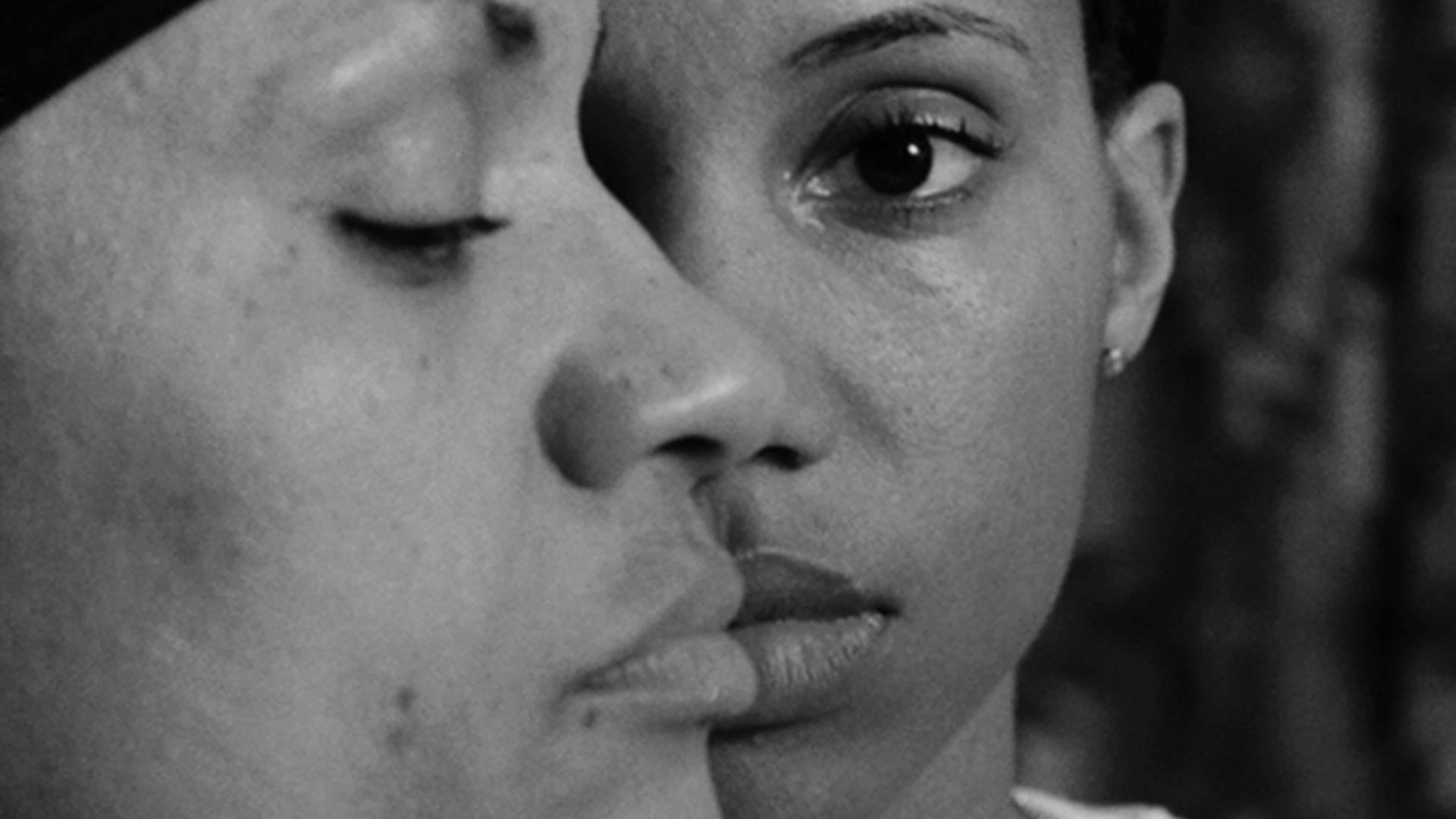
Portraying the Black American Experience
by Art21February 14, 2018 15 videos • 2:16:32 total runtime -
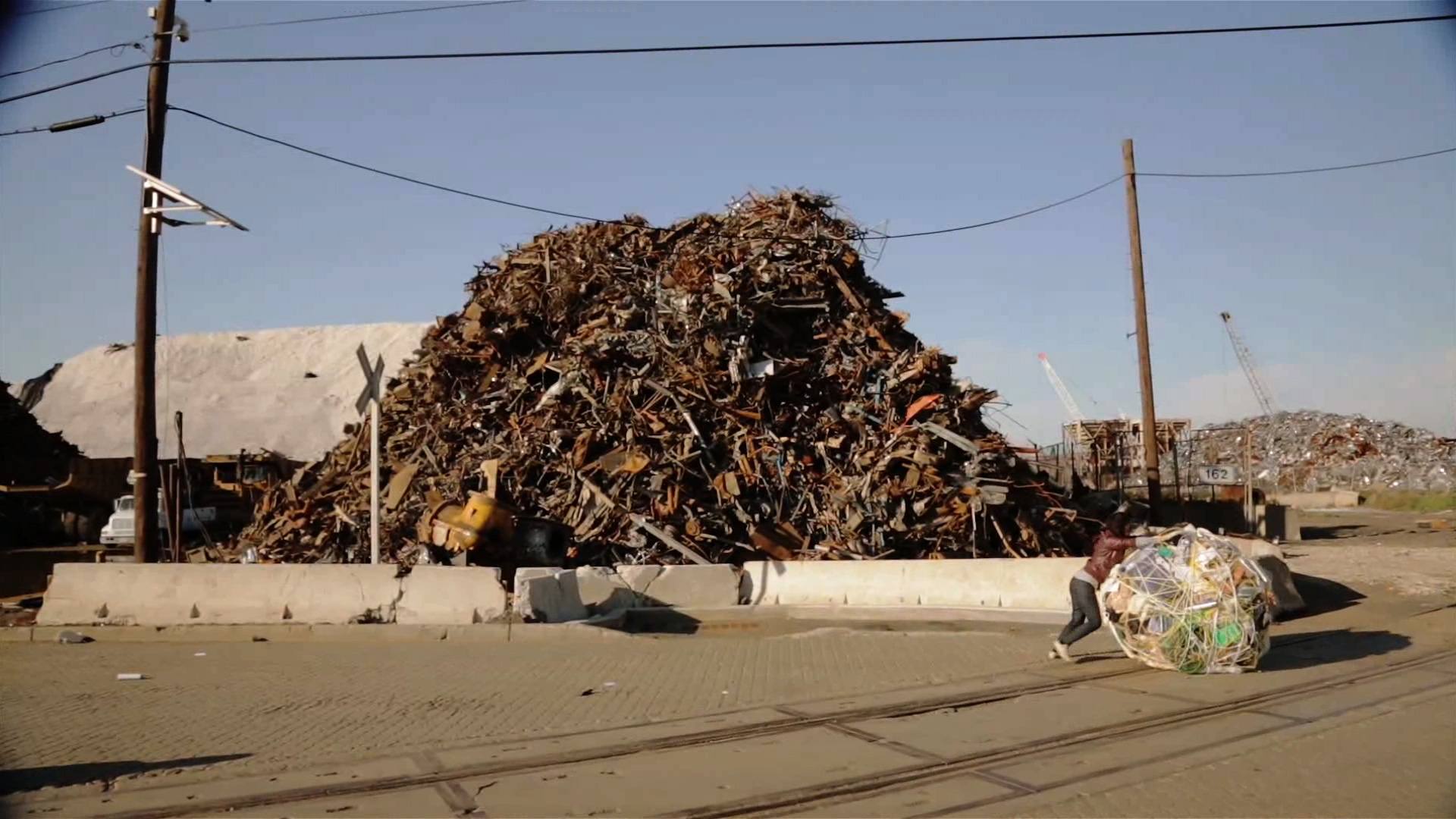
Boundary Crossing
by Art21January 31, 2018 15 videos • 2:00:31 total runtime -
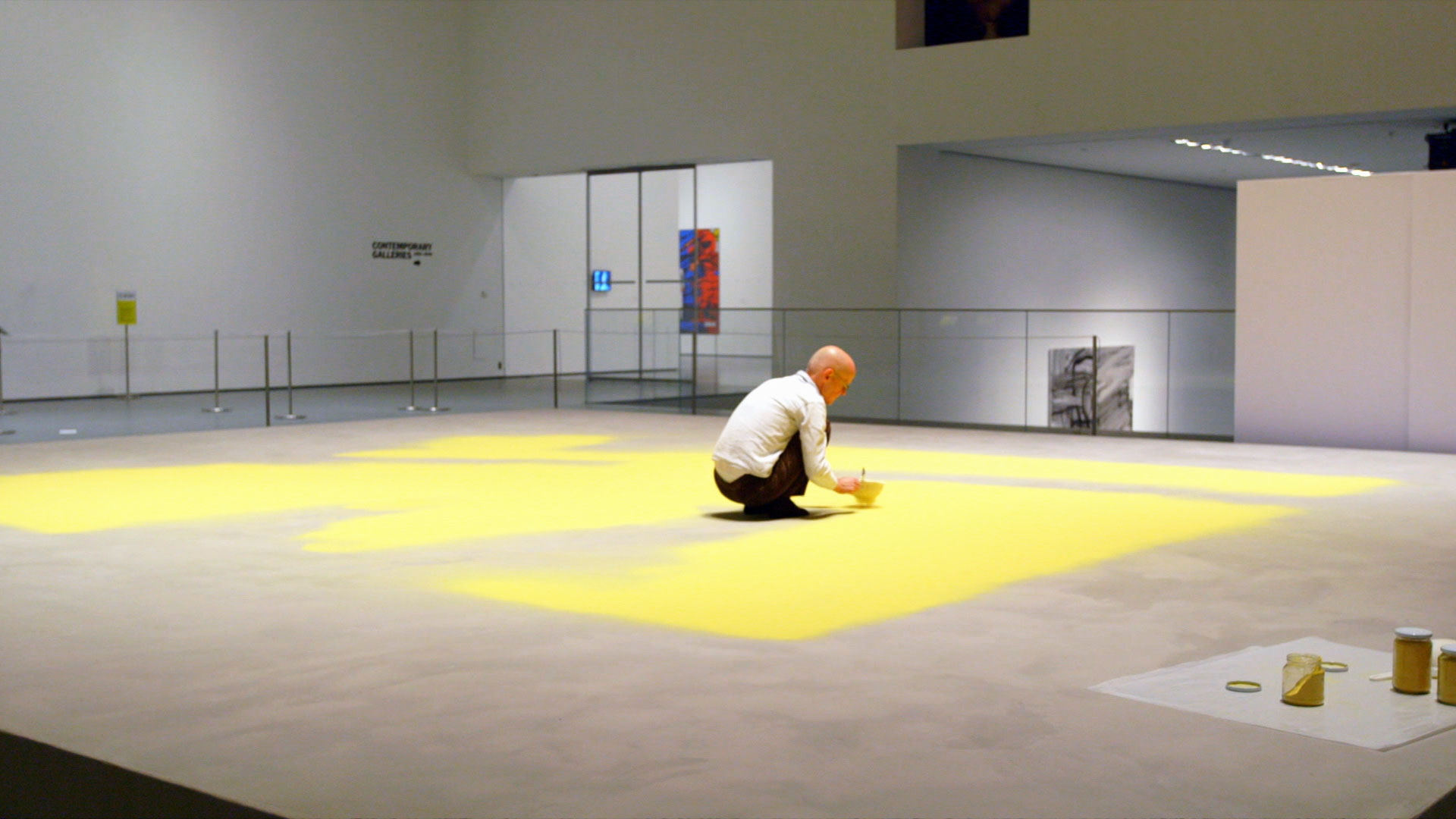
Slow Unfolding Moments
by Art21December 20, 2017 15 videos • 2:22:26 total runtime -
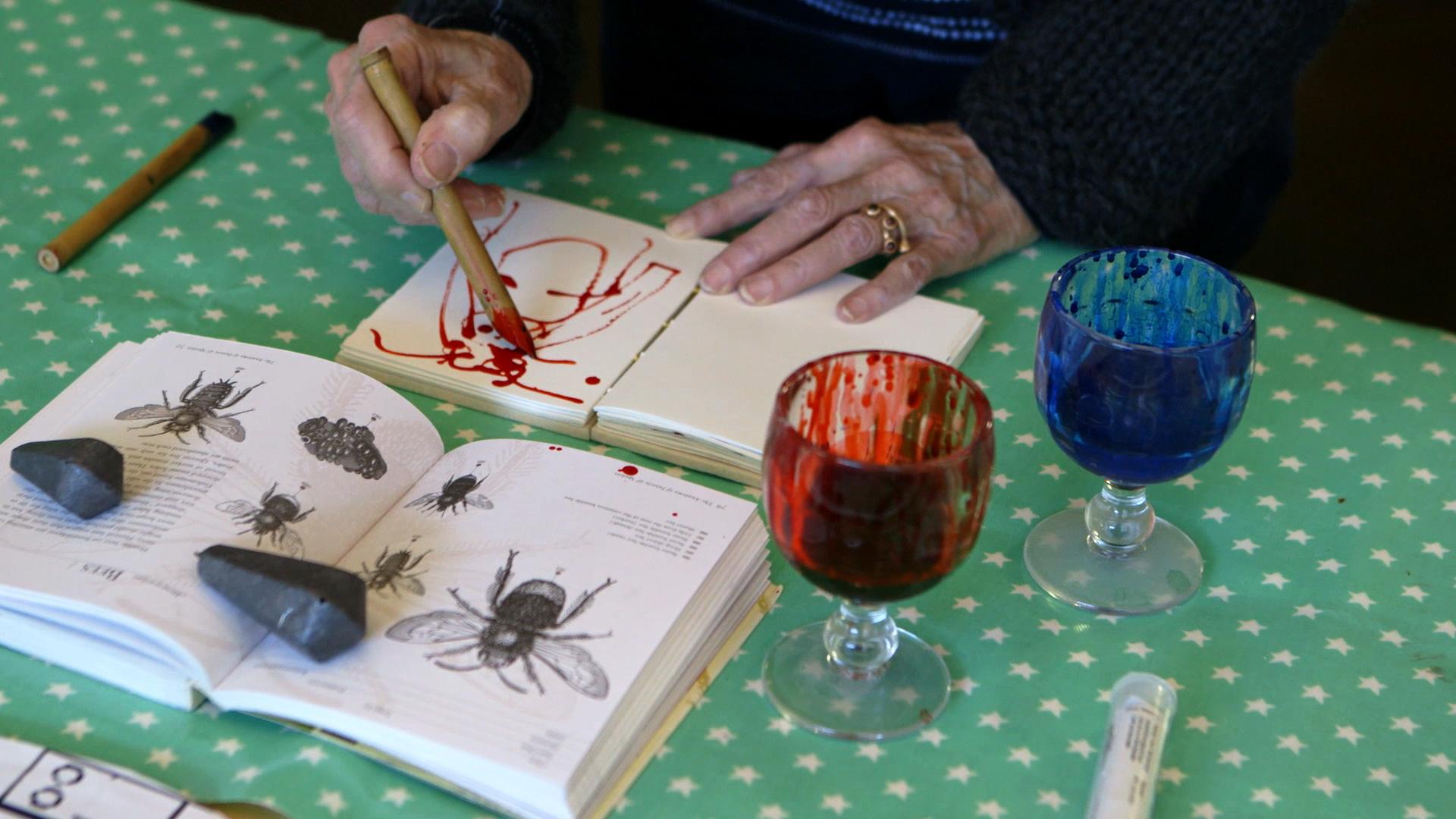
Starting from Sketches
by Art21November 13, 2017 12 videos • 1:28:48 total runtime -
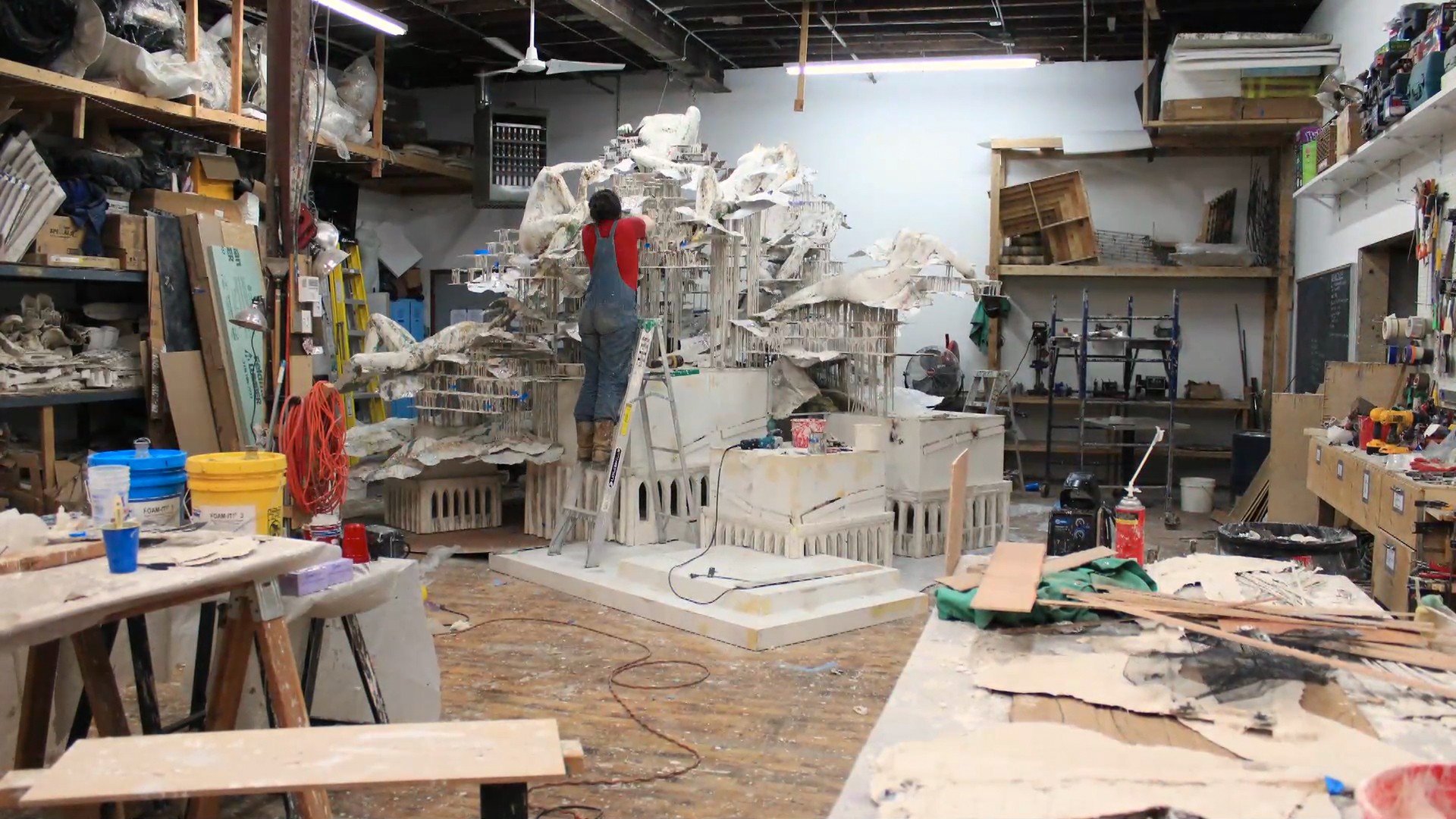
Sacred Grounds
by Art21October 25, 2017 12 videos • 1:12:37 total runtime -
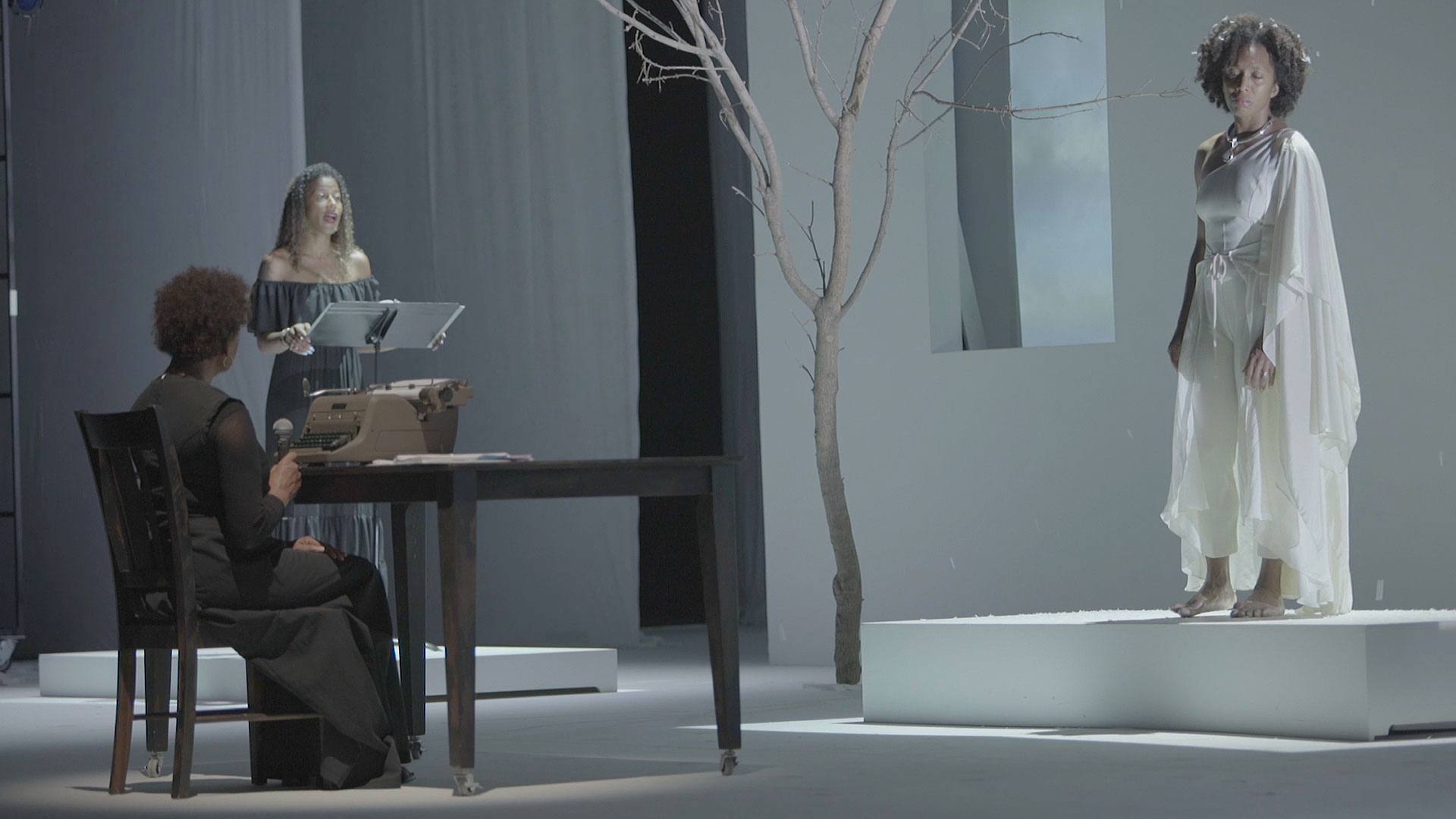
Call & Response
by Art21October 11, 2017 12 videos • 1:39:27 total runtime -
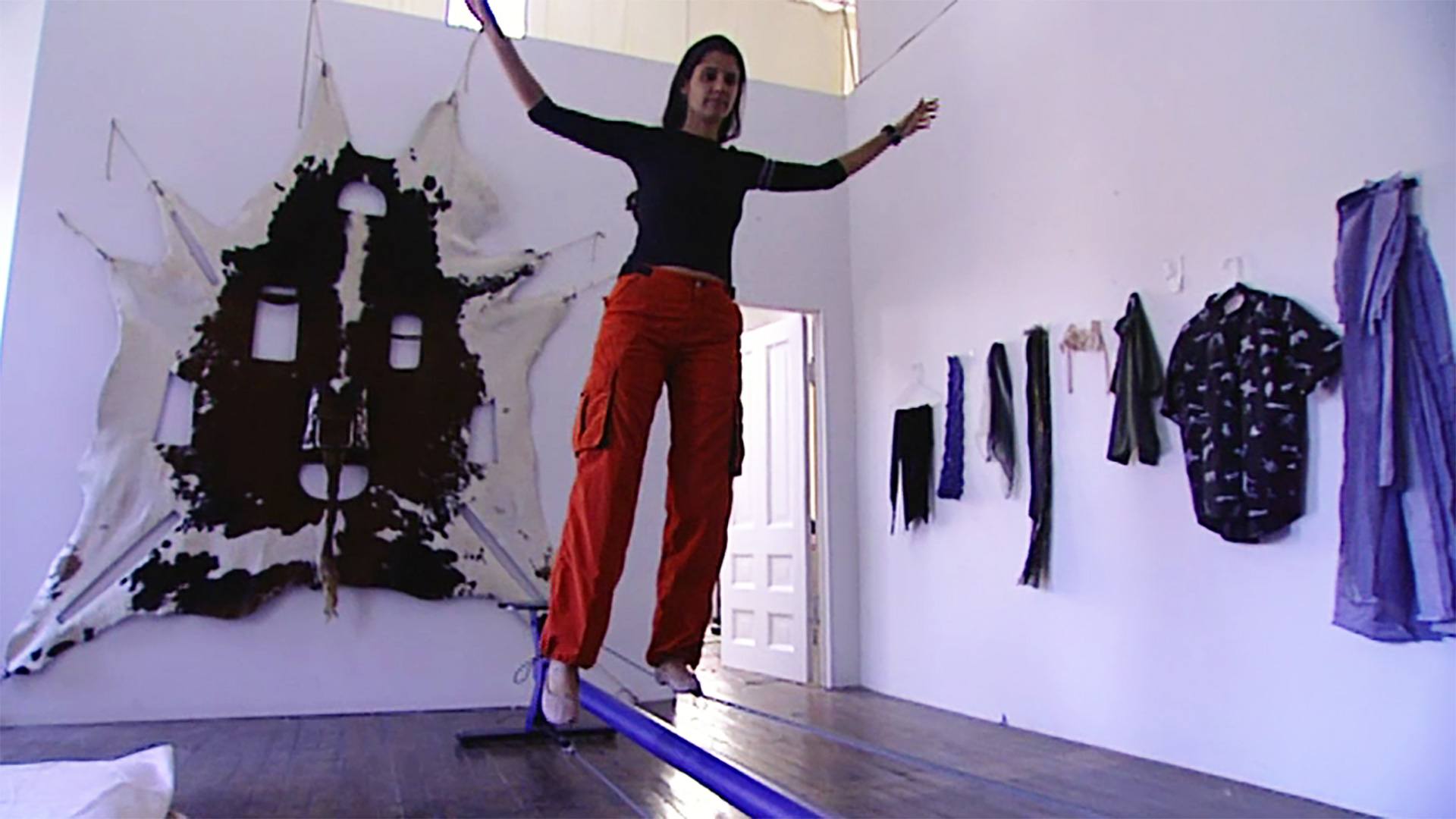
Playing with Tension
by Marela ZacaríasSeptember 28, 2017 8 videos • 56:46 total runtime -
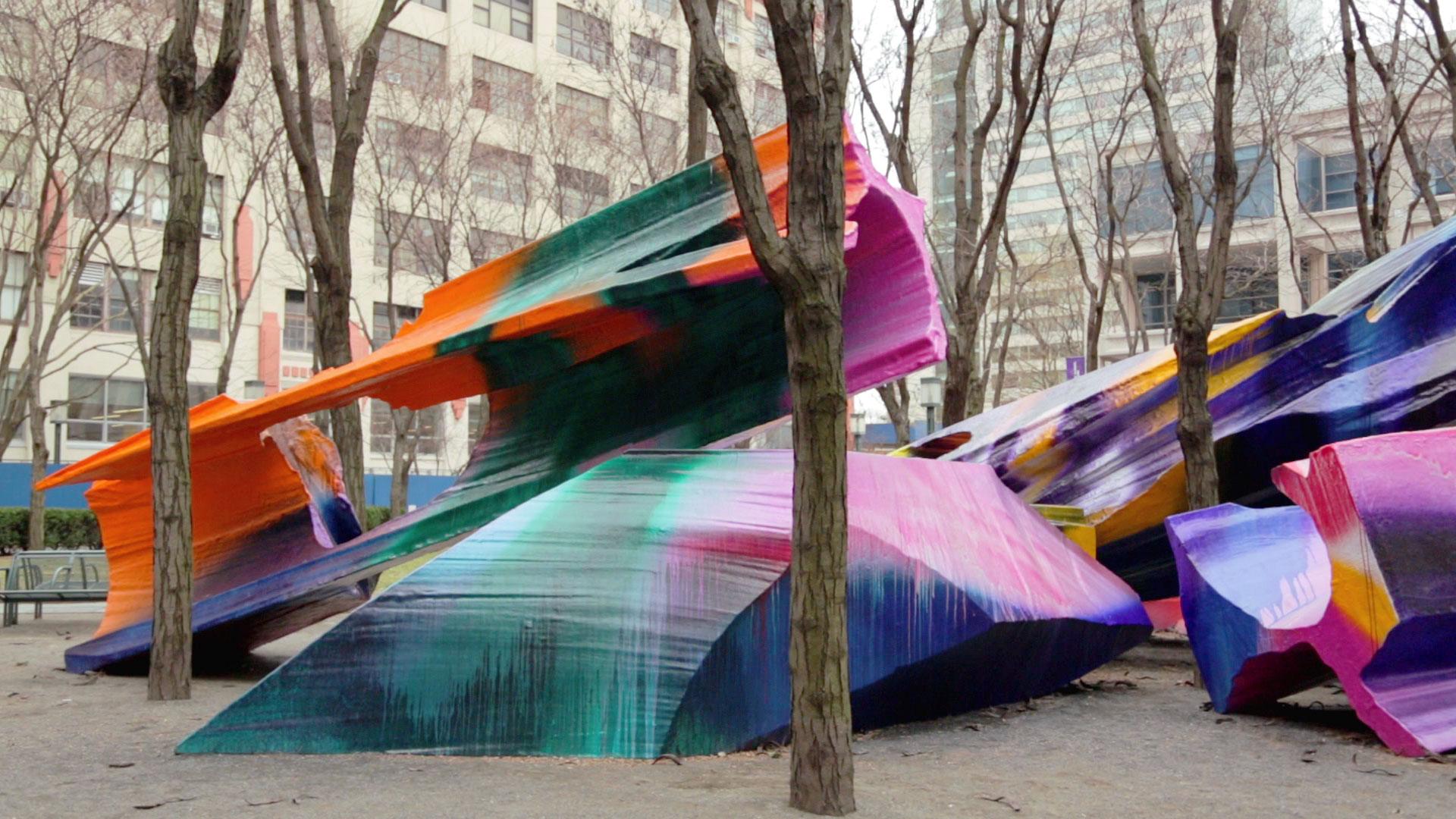
Site-Specific
by Art21September 13, 2017 12 videos • 1:53:13 total runtime -
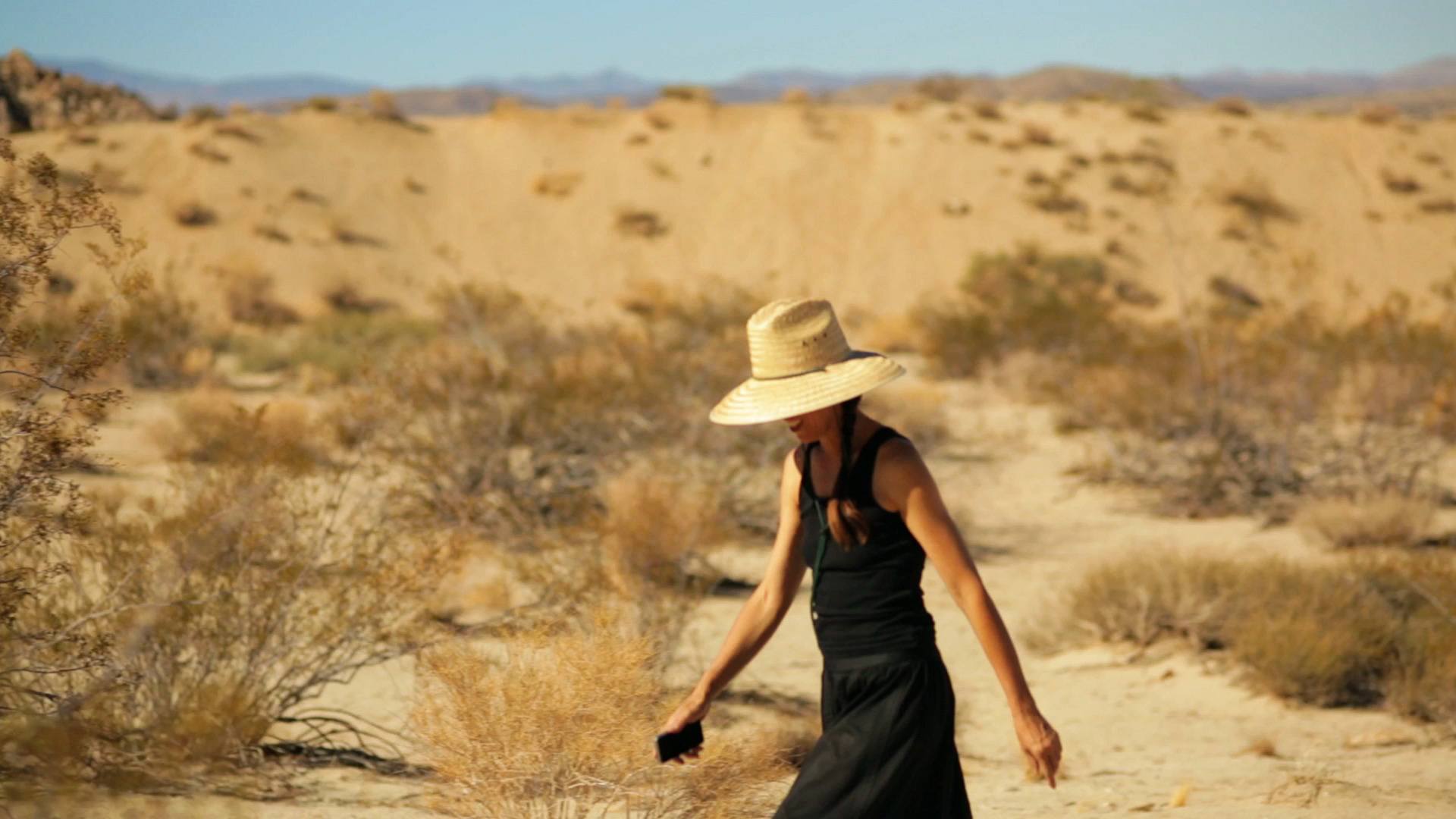
California Girls
by Art21August 9, 2017 10 videos • 1:15:57 total runtime -
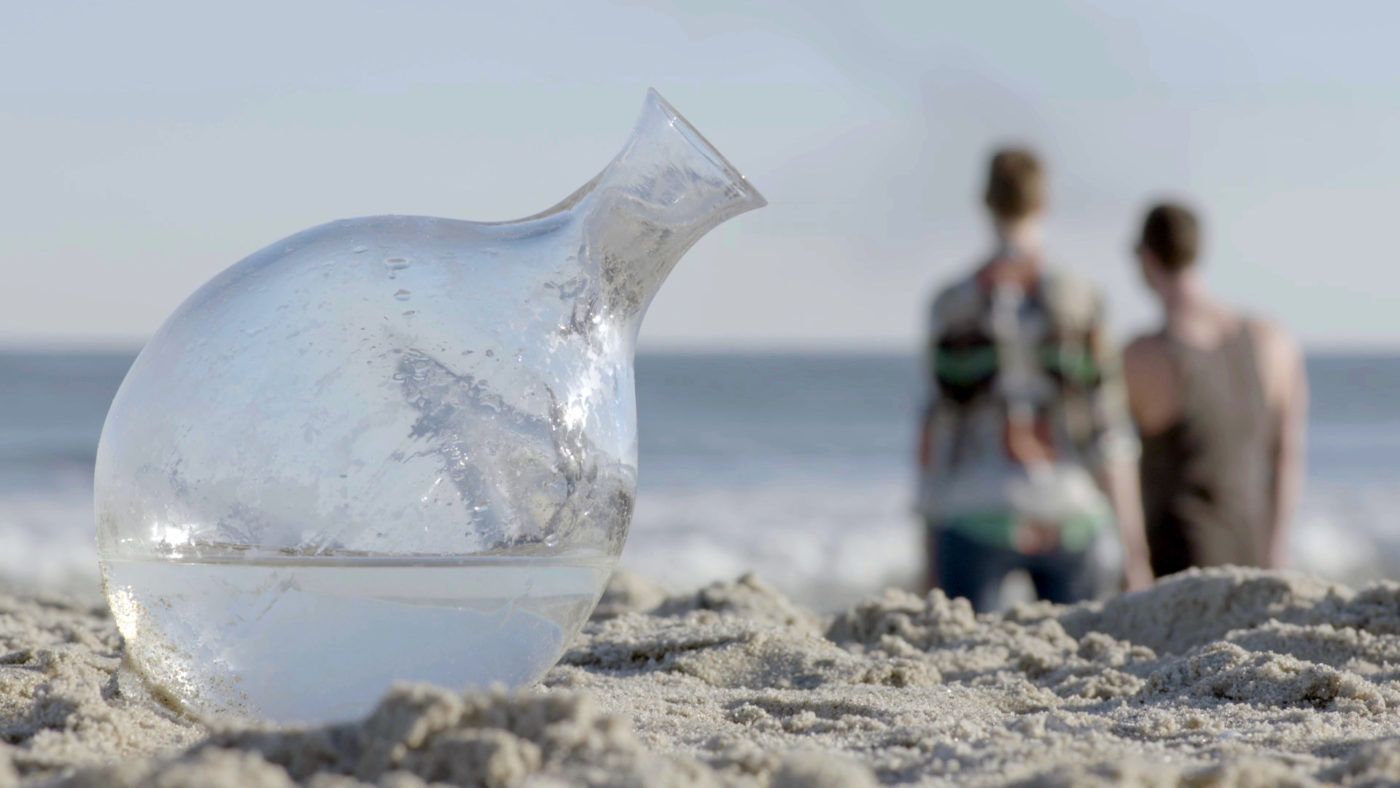
“Summer of Shorts”
by Art21August 7, 2017 10 videos • 57:00 total runtime -
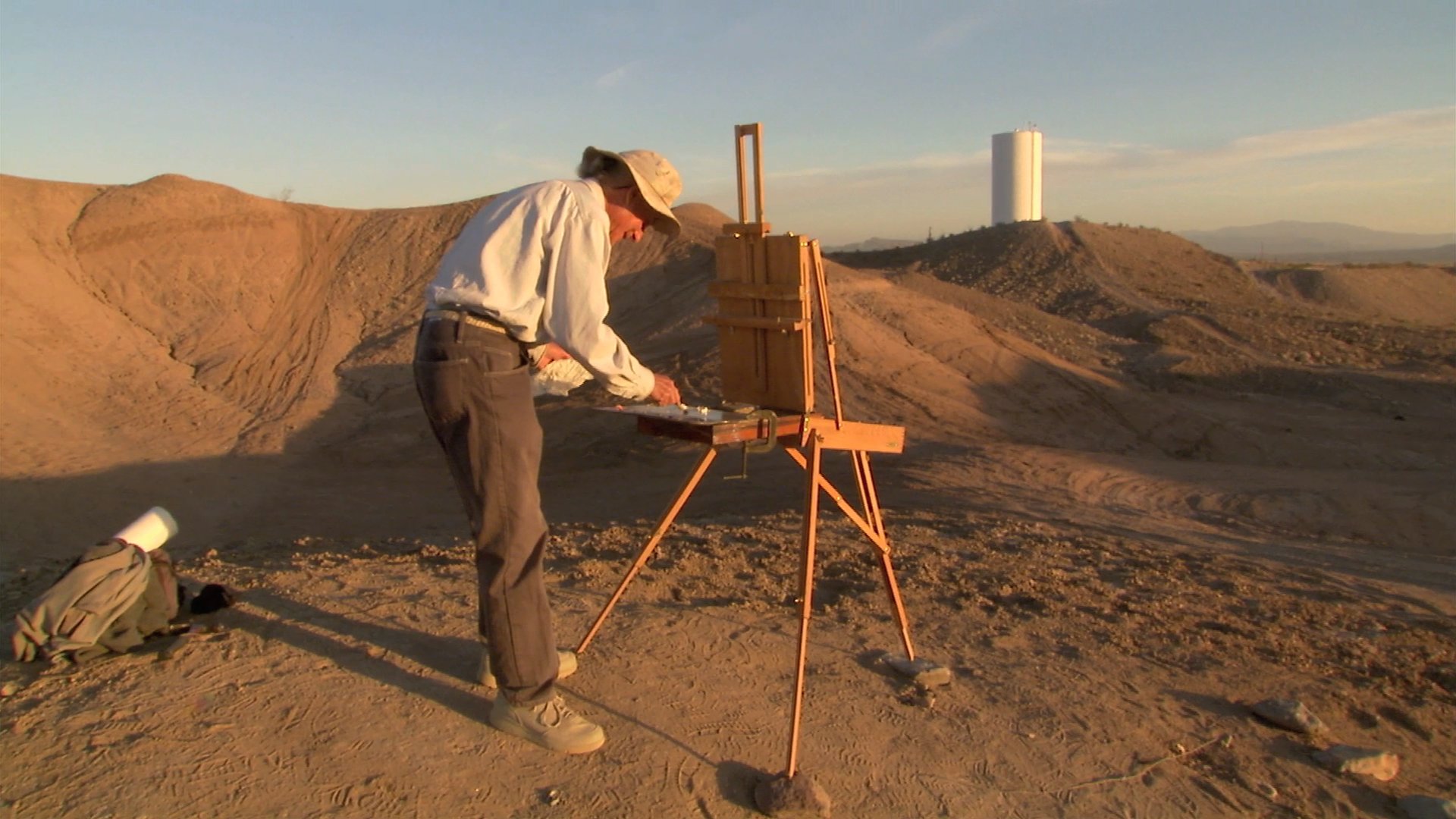
En Route
by Art21July 26, 2017 14 videos • 1:53:01 total runtime -
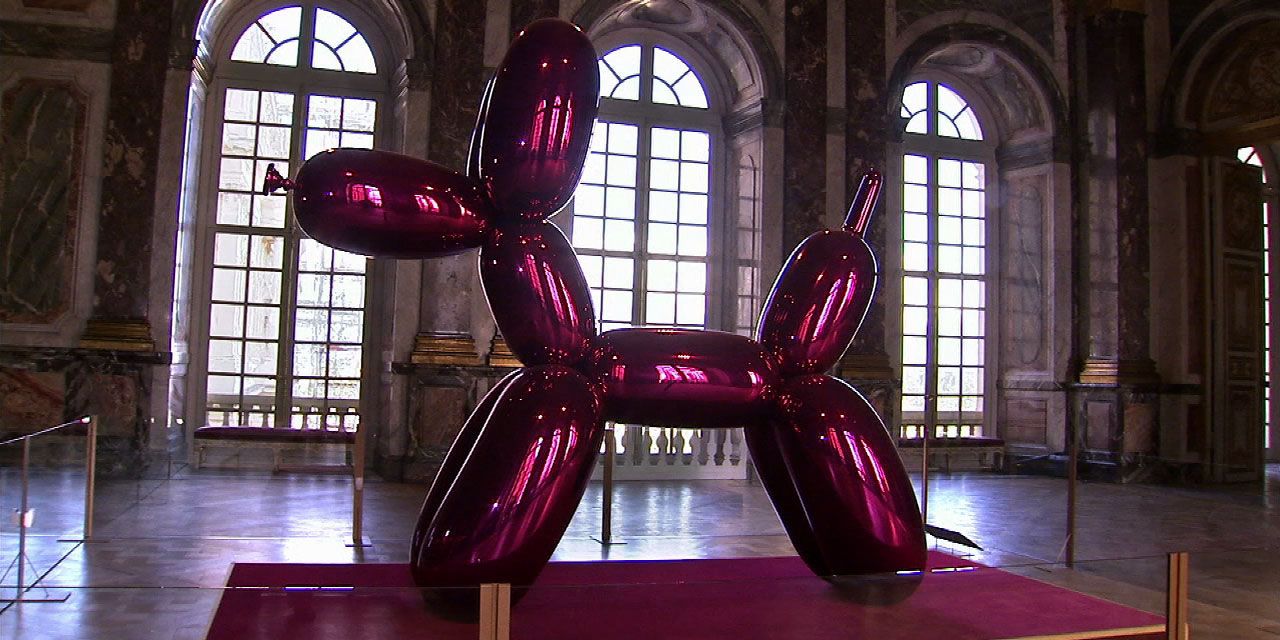
Blockbusters
by Art21July 12, 2017 12 videos • 1:02:35 total runtime -
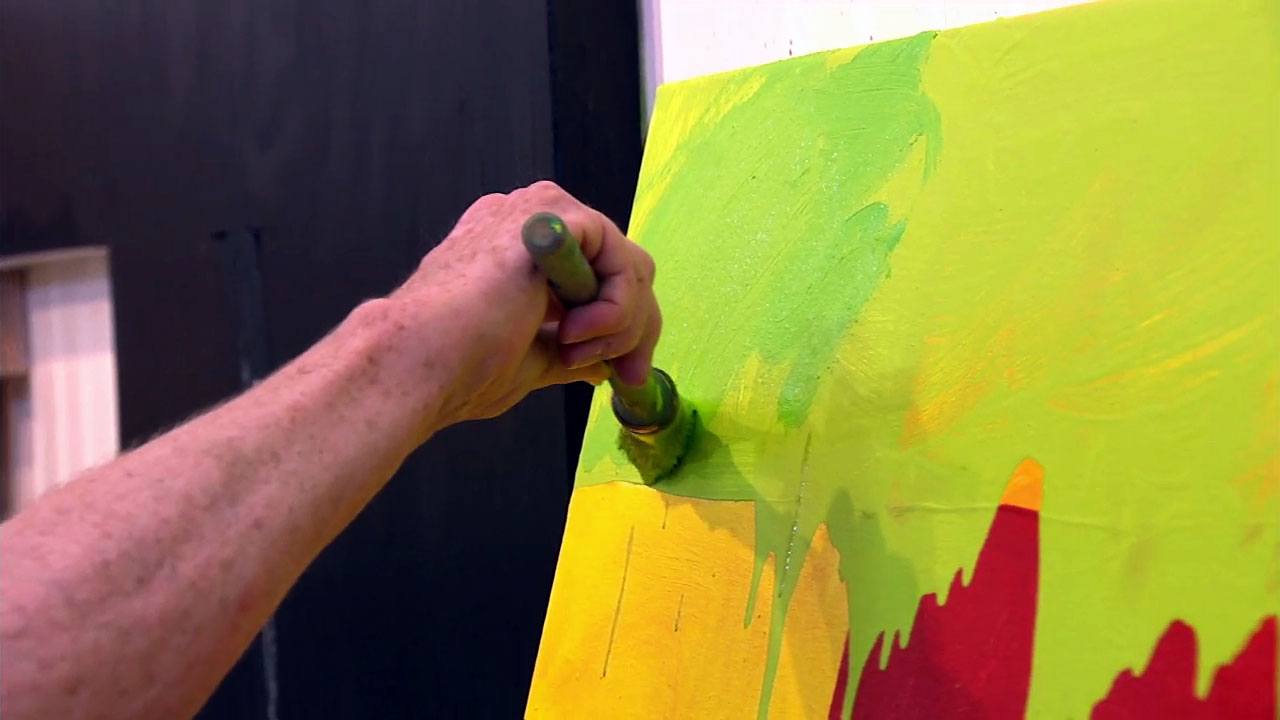
The Music Lovers
by Mac McCaughanJune 28, 2017 12 videos • 1:53:21 total runtime -
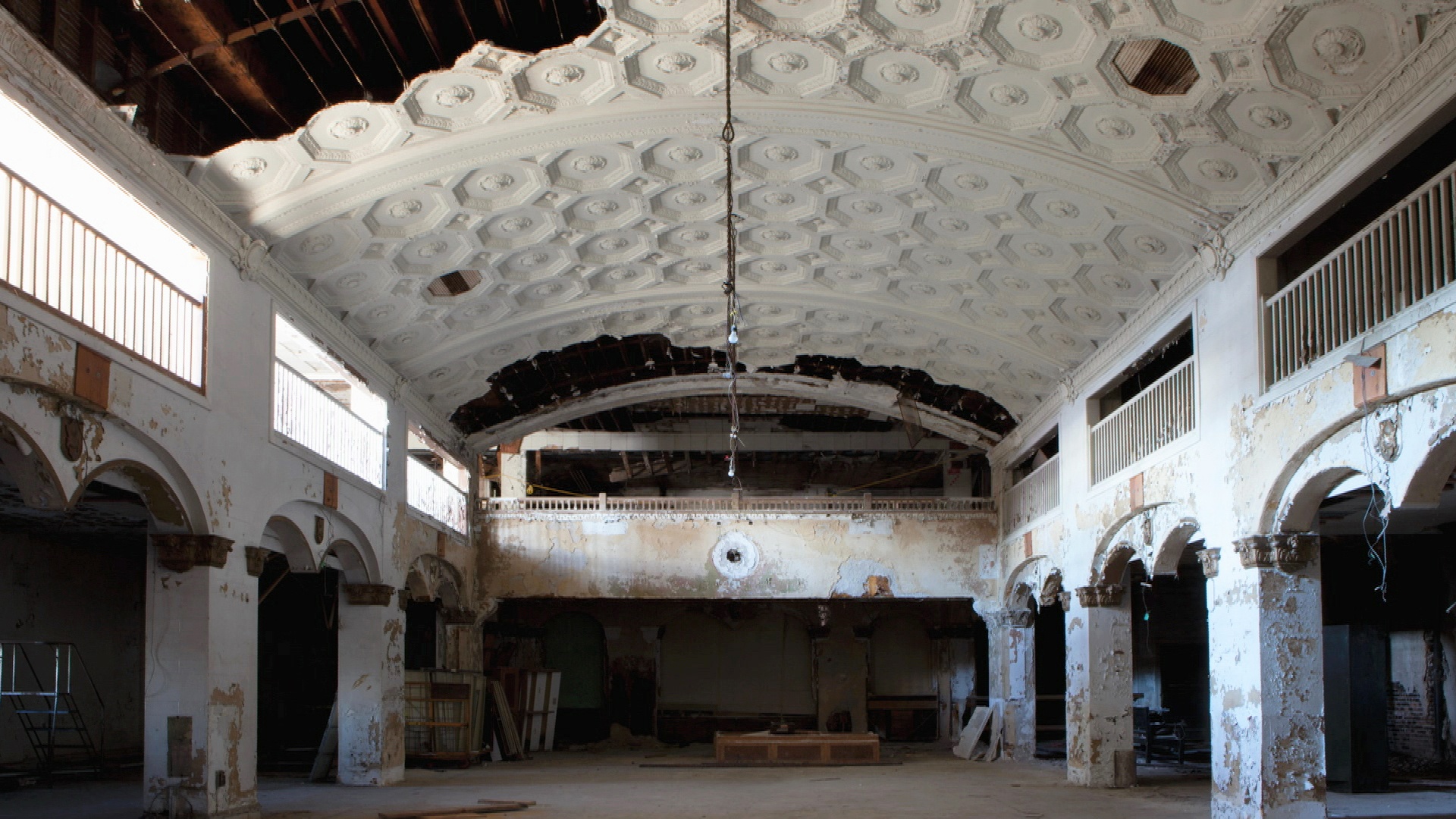
Deterioration and Decay
by Art21June 21, 2017 10 videos • 1:33:10 total runtime -
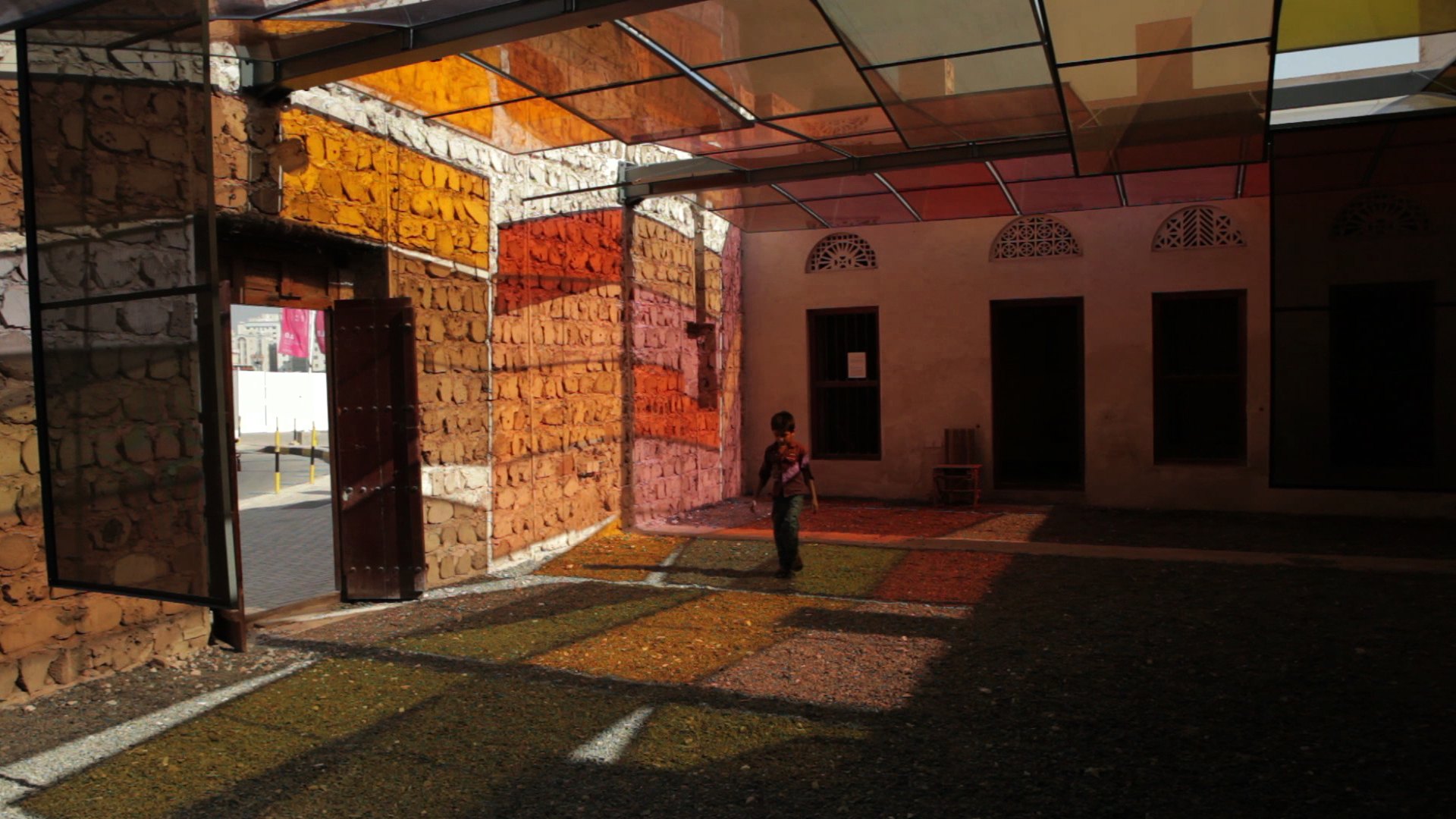
Summer of Biennials
by Art21June 14, 2017 10 videos • 2:01:40 total runtime -
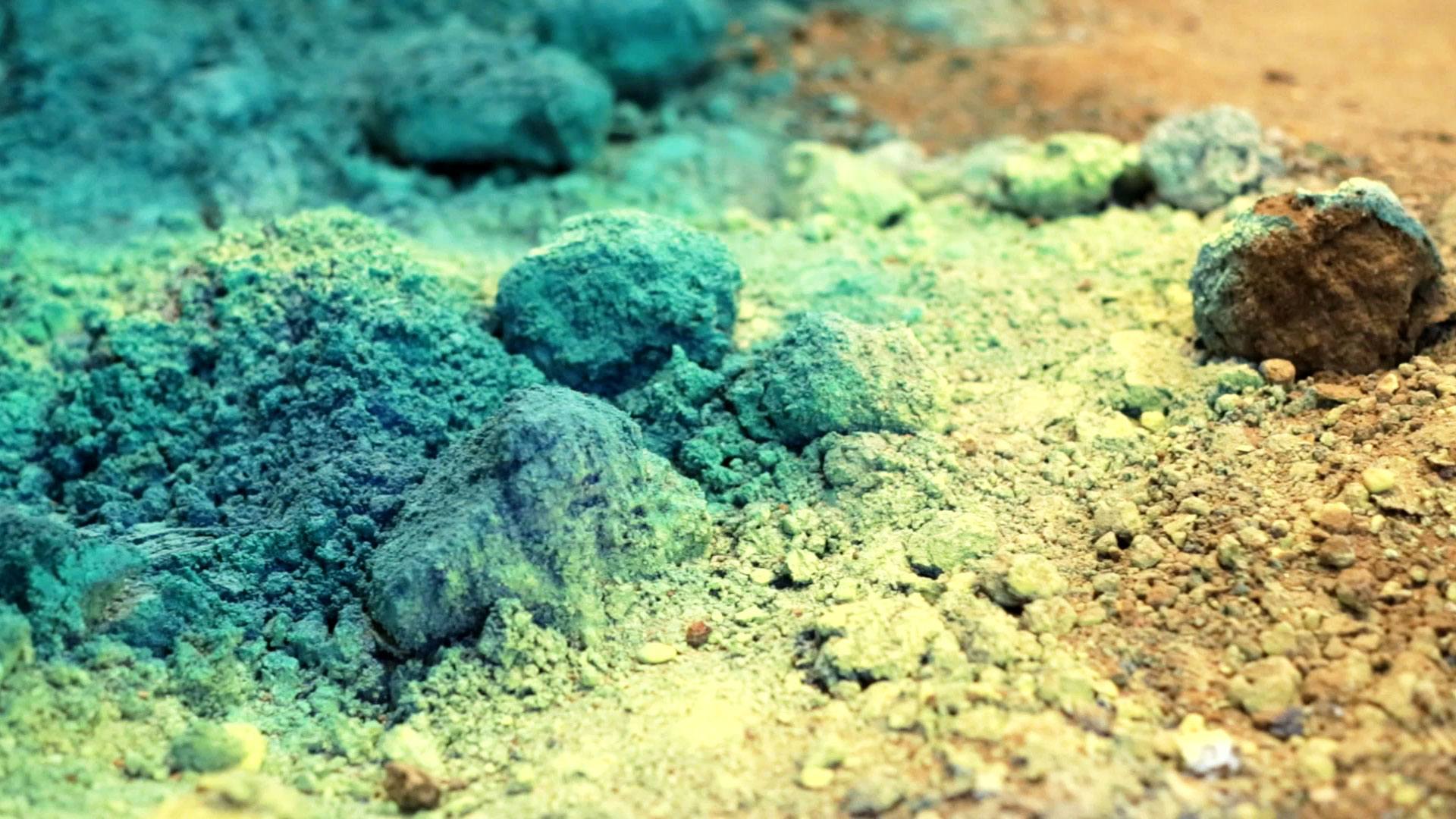
The Anarchic Potential of Color
by Art21May 24, 2017 16 videos • 1:59:59 total runtime -
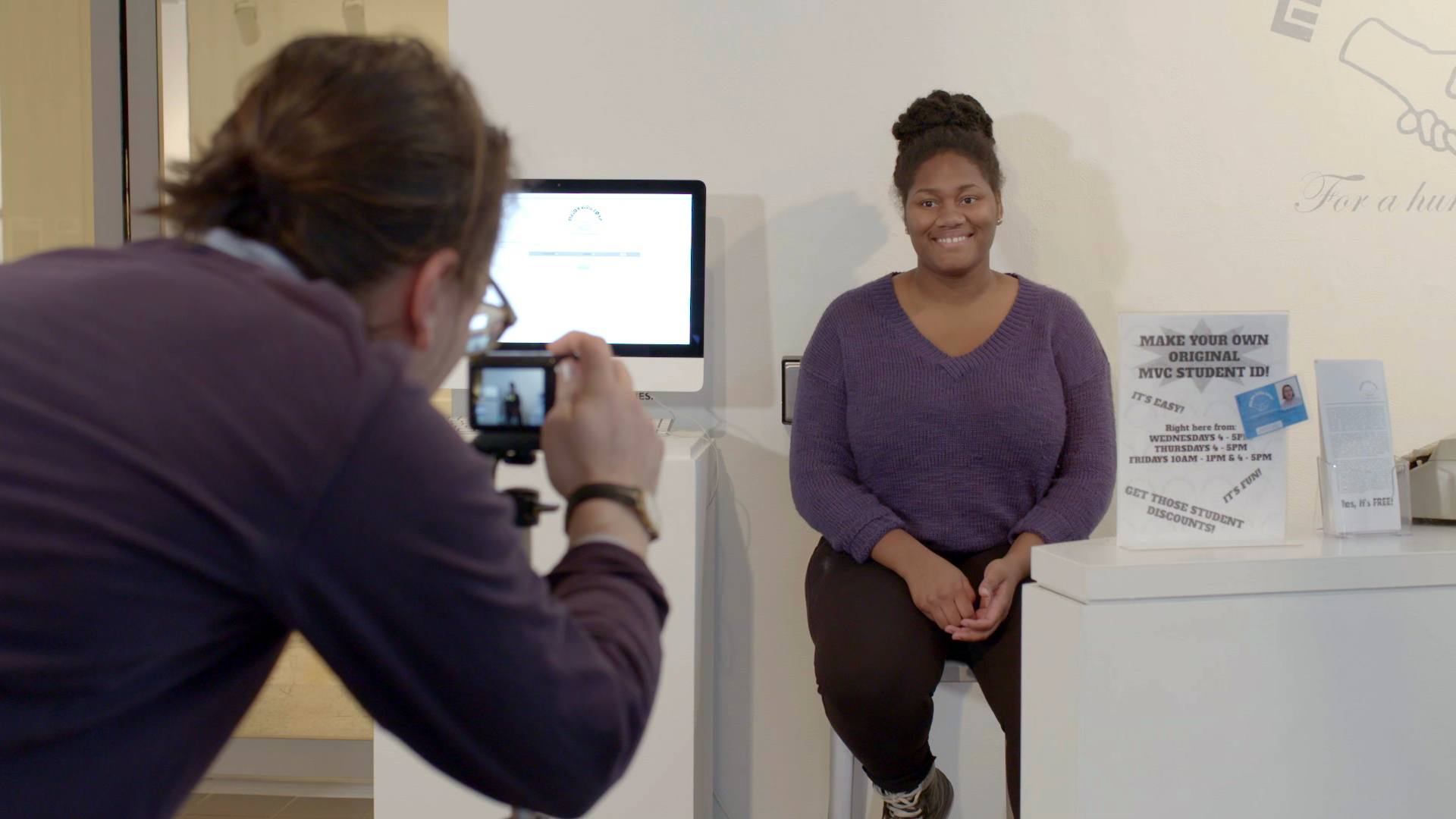
Take Action
by Art21April 26, 2017 10 videos • 1:19:43 total runtime -
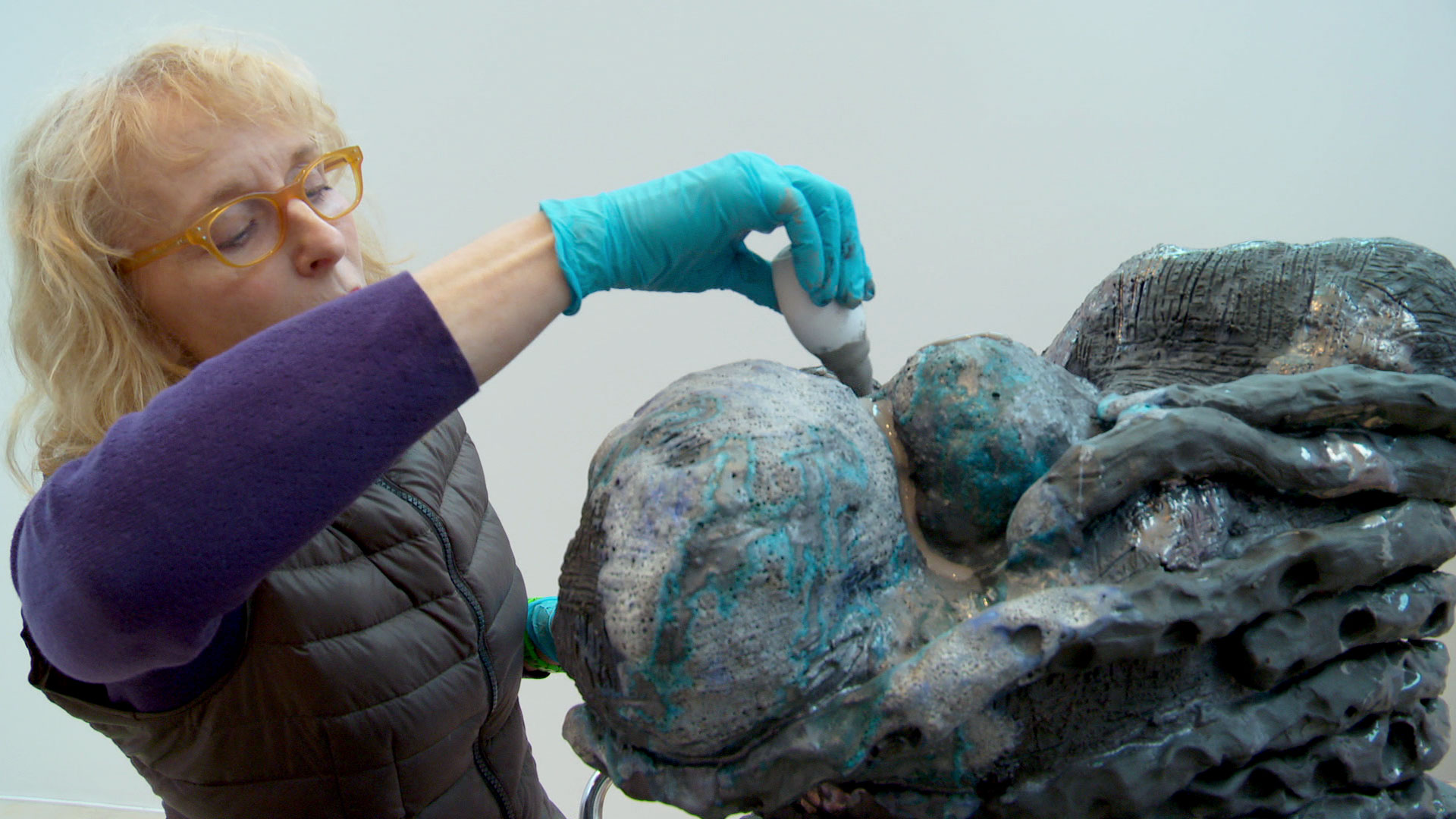
Working with Ugly
by Arlene ShechetMarch 8, 2017 7 videos • 1:04:23 total runtime -
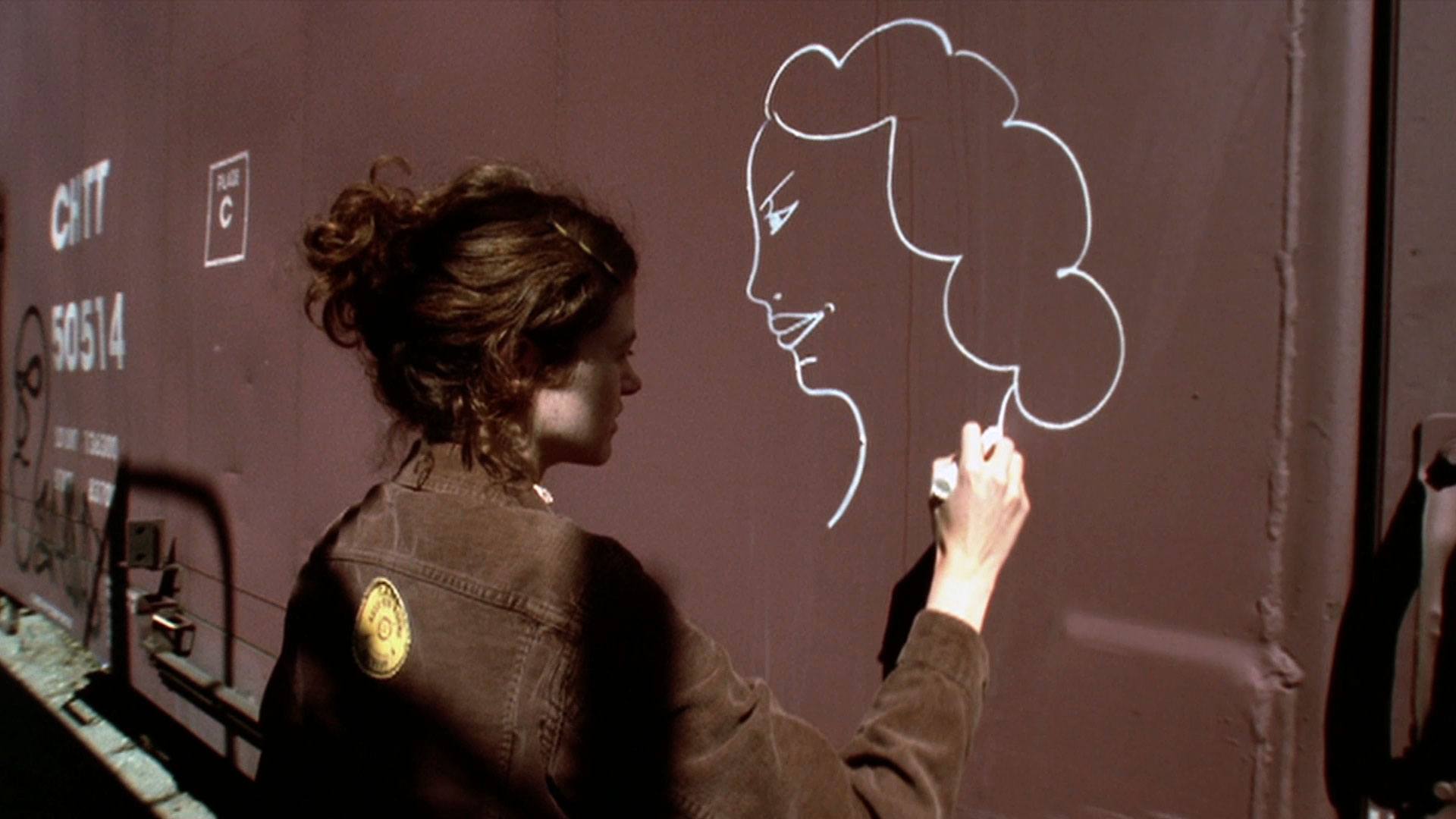
Super Heroines
by Art21March 1, 2017 12 videos • 1:27:16 total runtime -
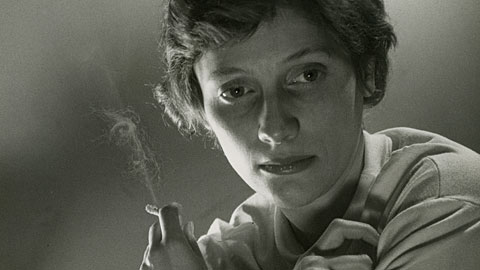
Origin Stories
by Art21March 1, 2017 14 videos • 1:07:19 total runtime -
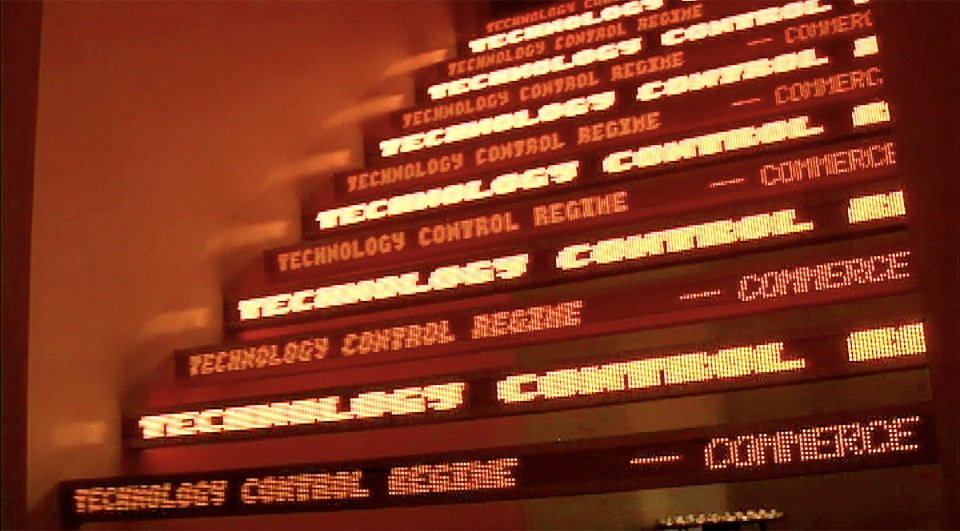
Beating Writer’s Block
by Art21March 1, 2017 10 videos • 33:53 total runtime -
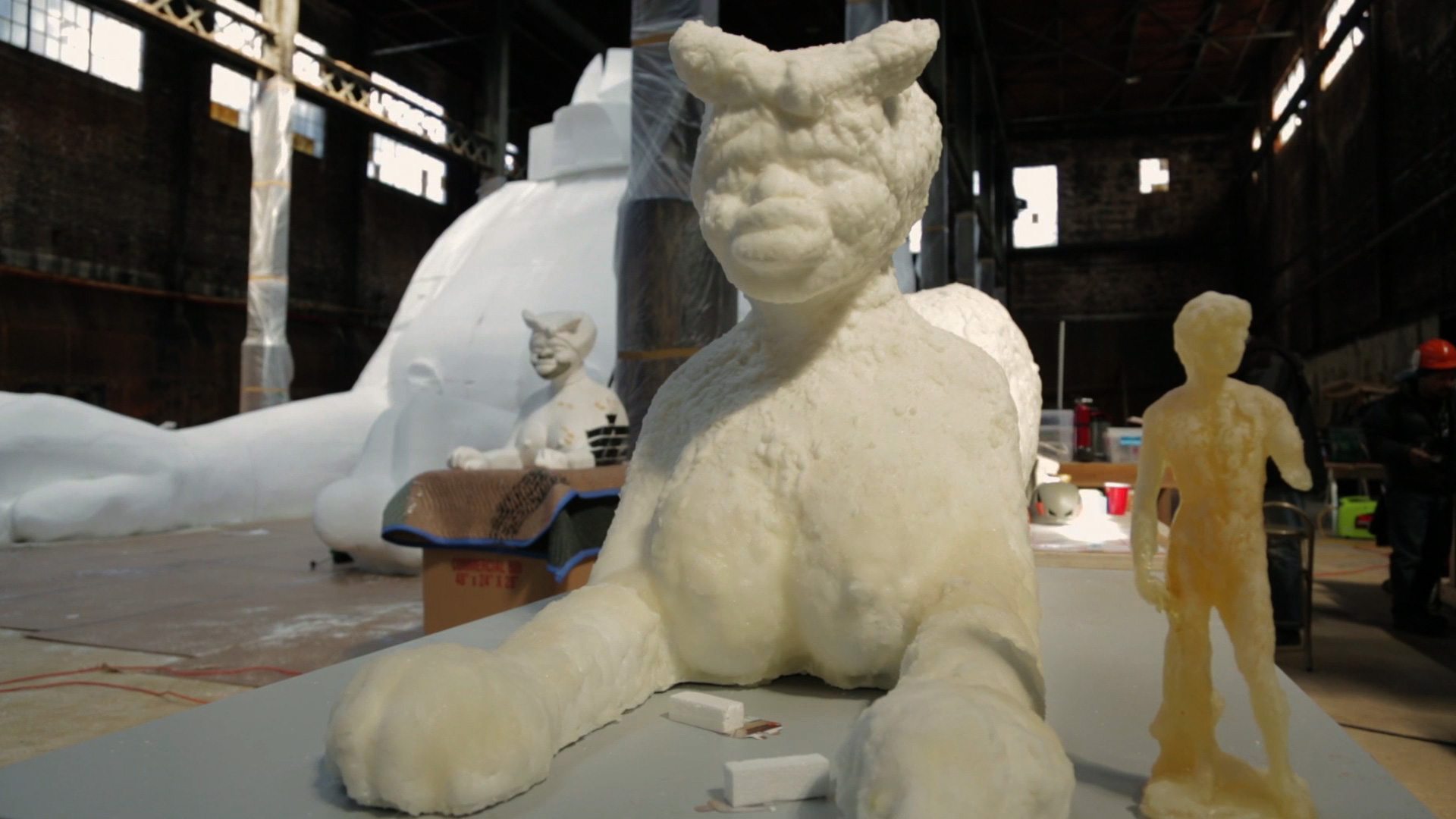
History Reimagined
by Art21March 1, 2017 12 videos • 1:24:51 total runtime -
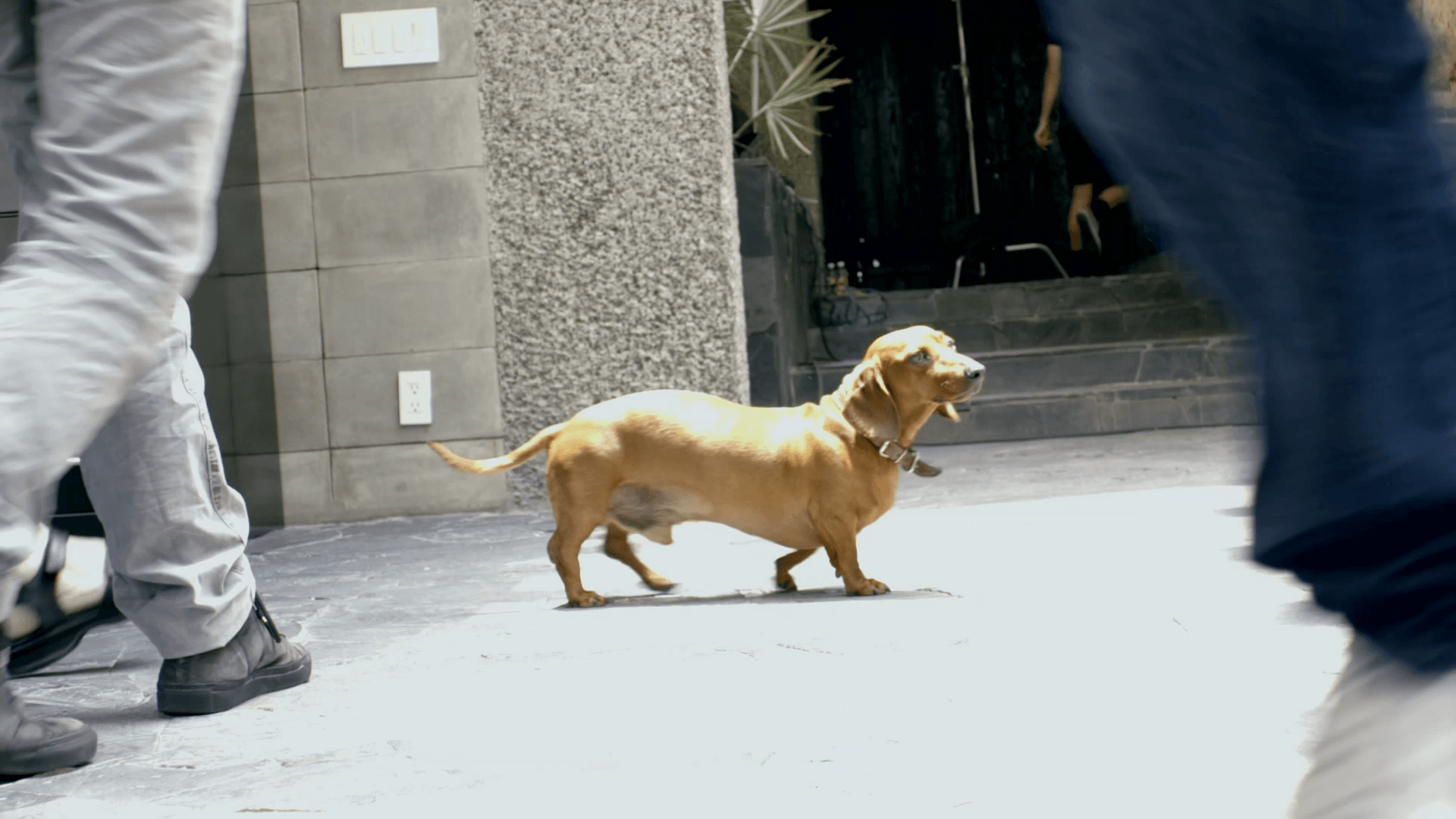
Artists and Pets
by Art21March 1, 2017 6 videos • 41:23 total runtime -
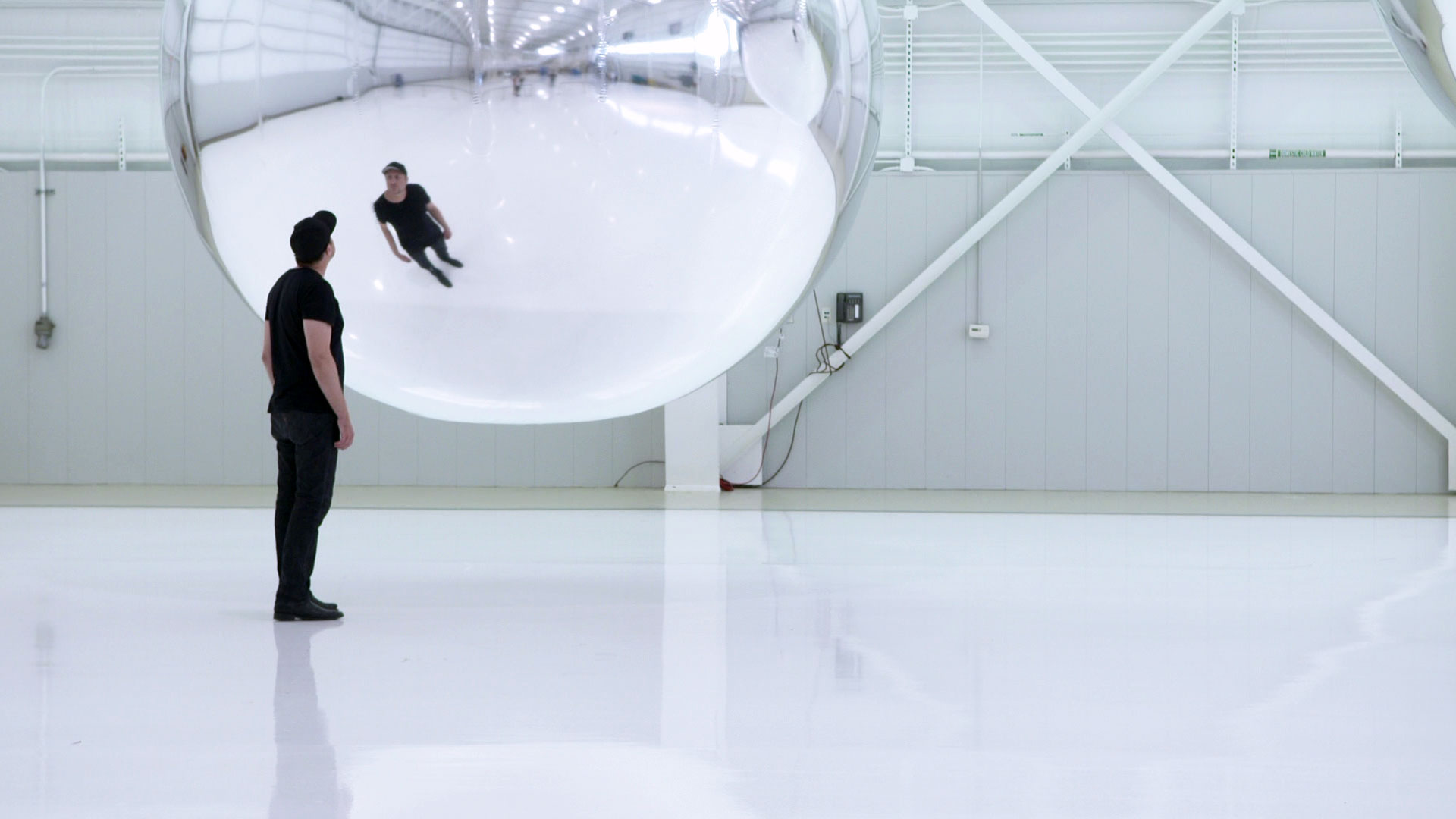
Declassified: The Untold Stories
by Art21March 1, 2017 9 videos • 1:18:25 total runtime
